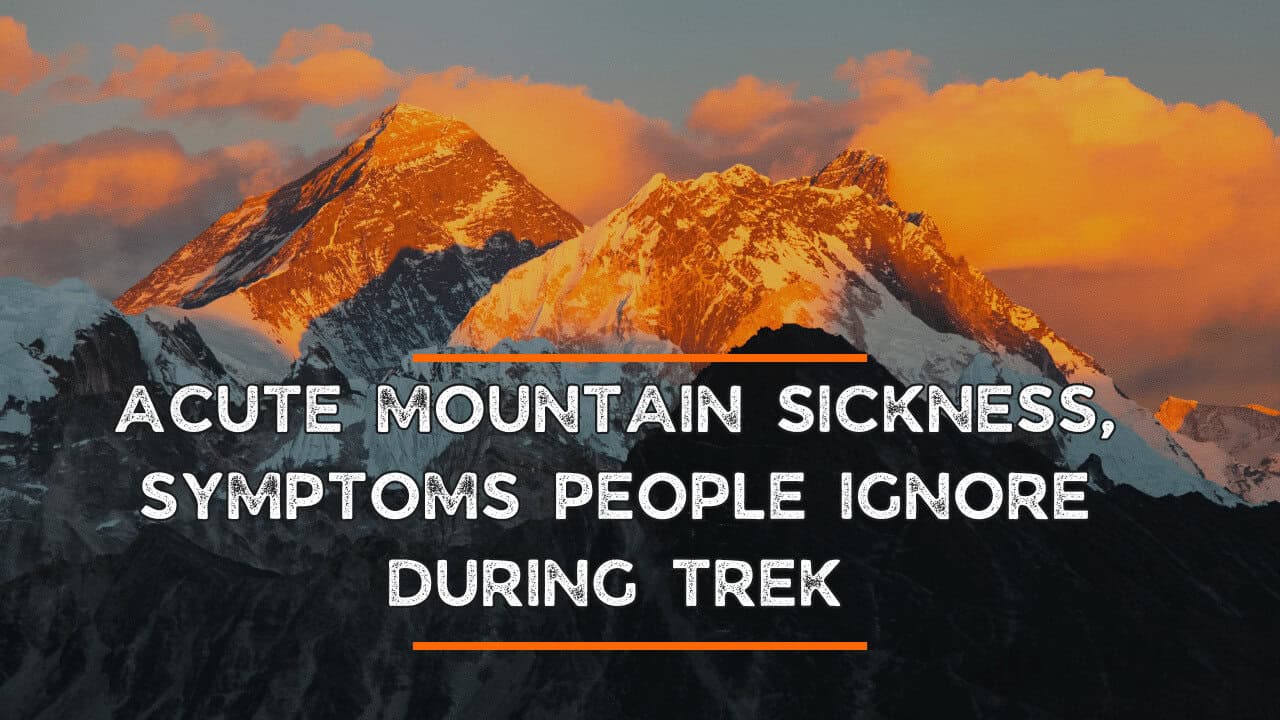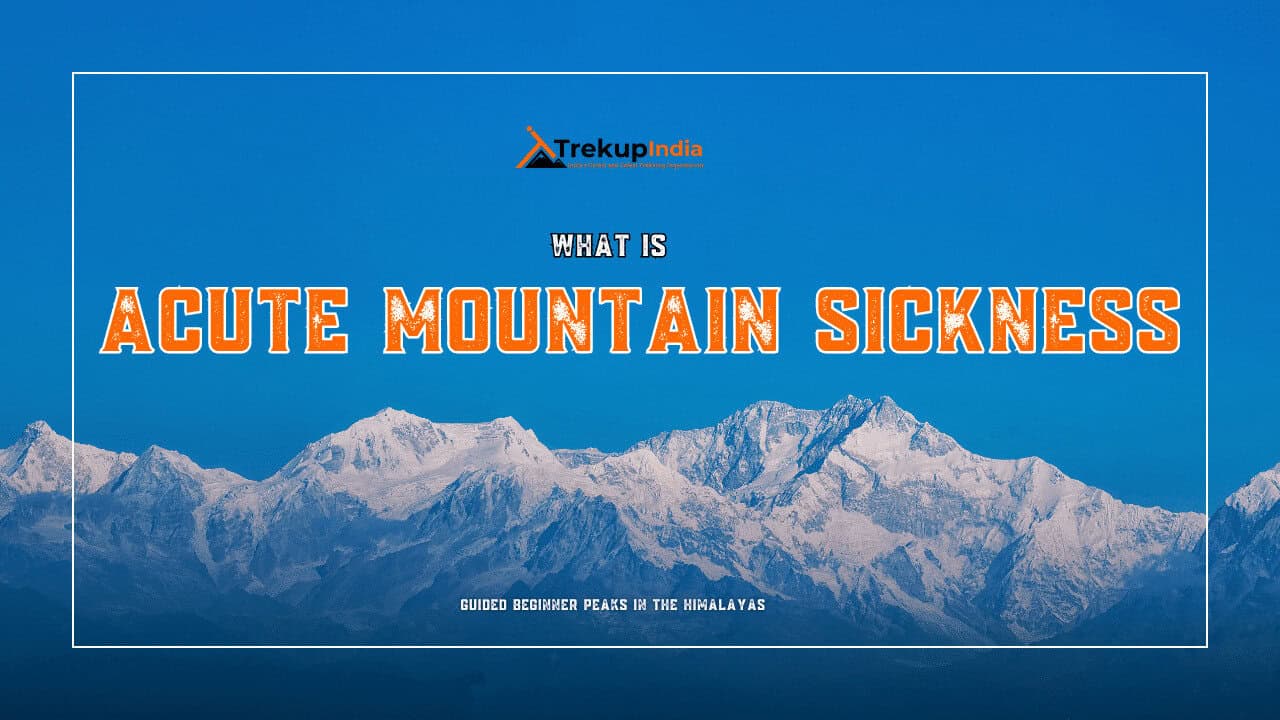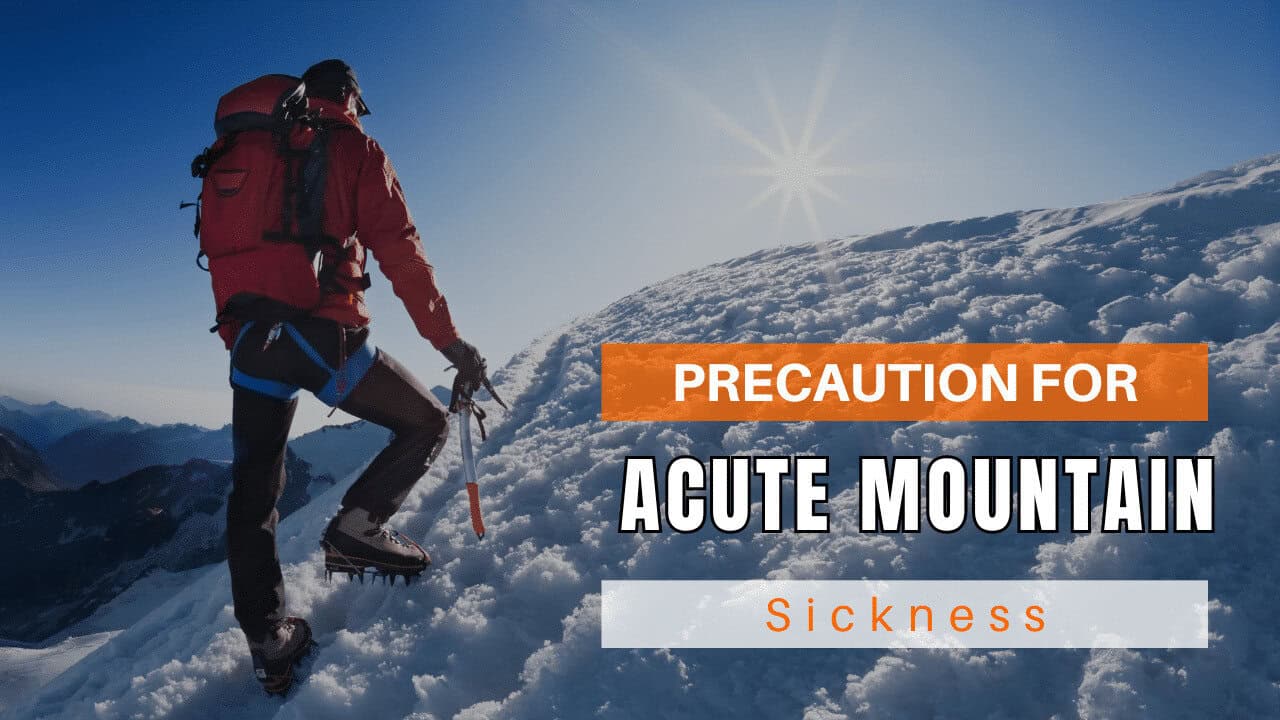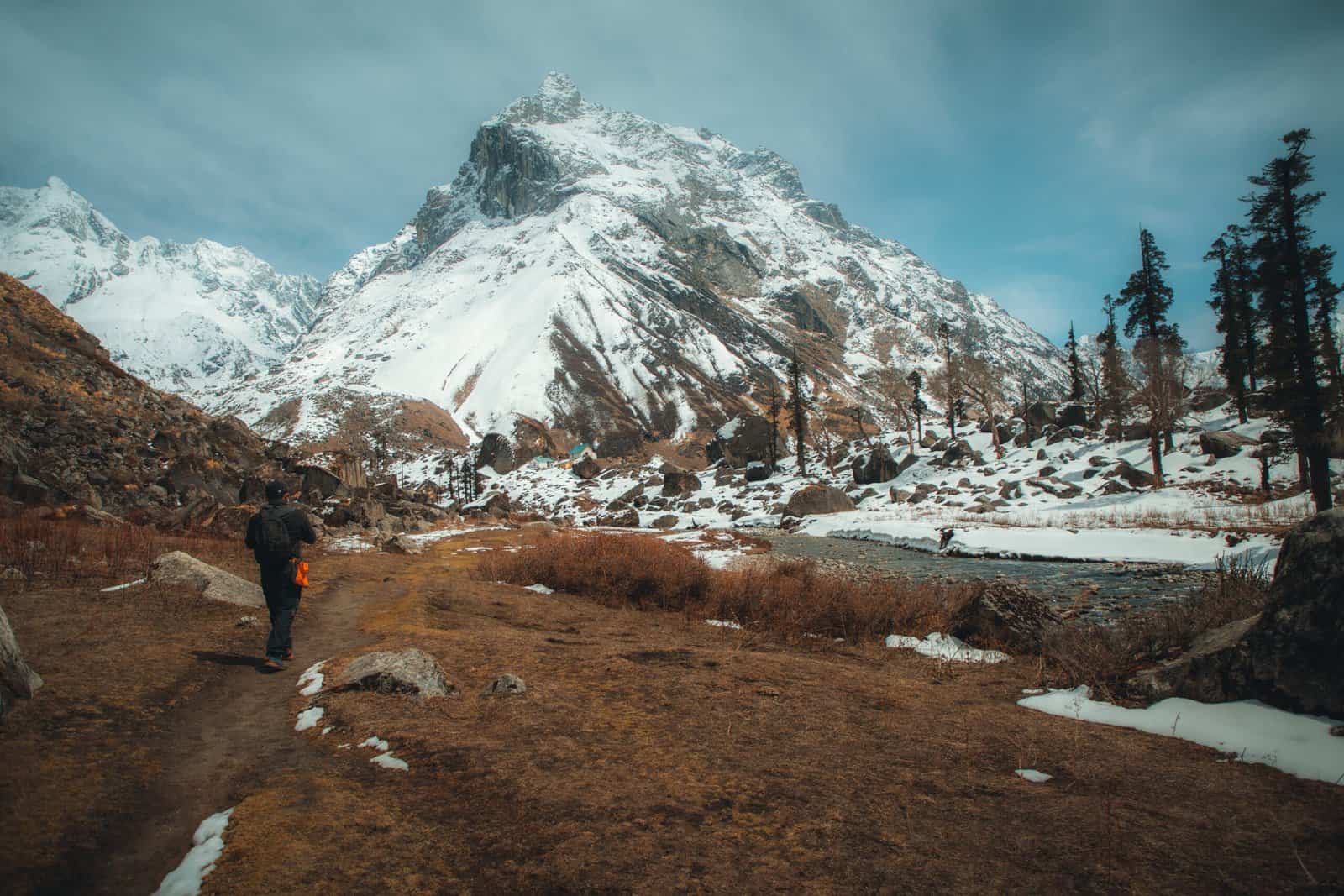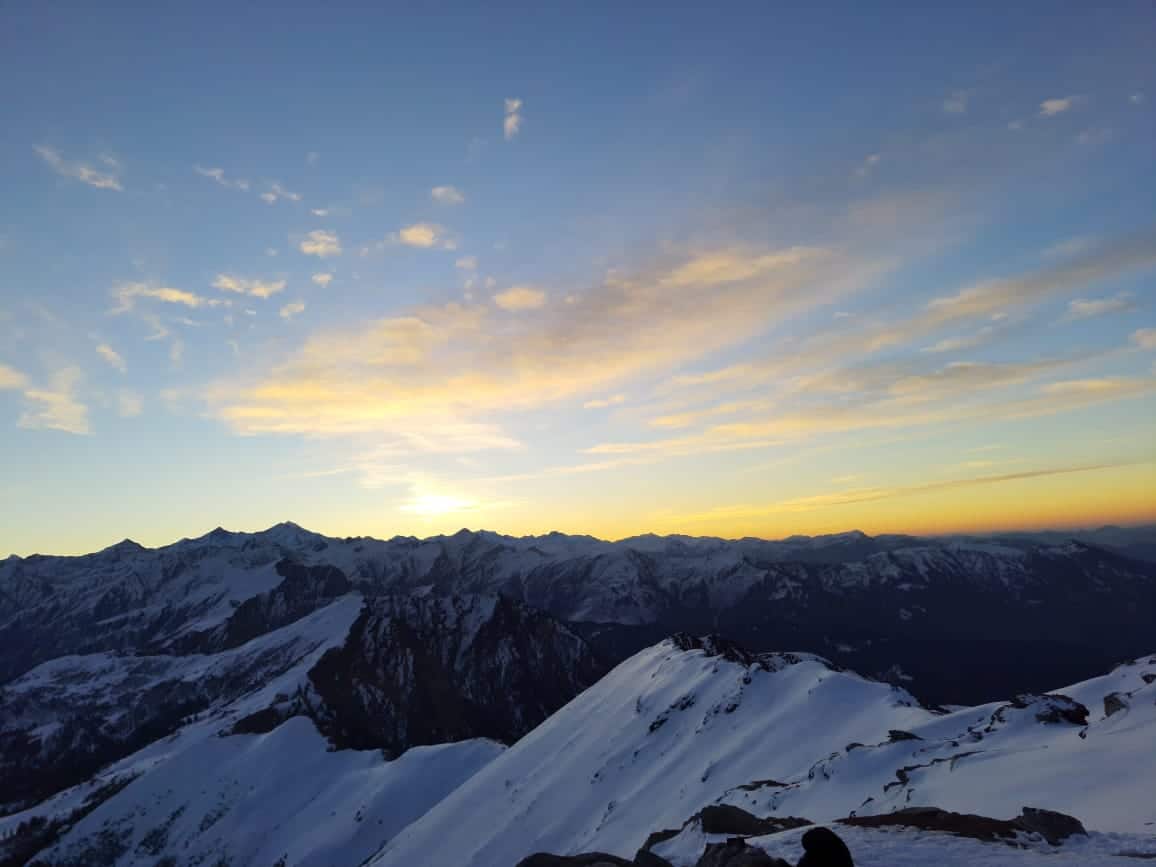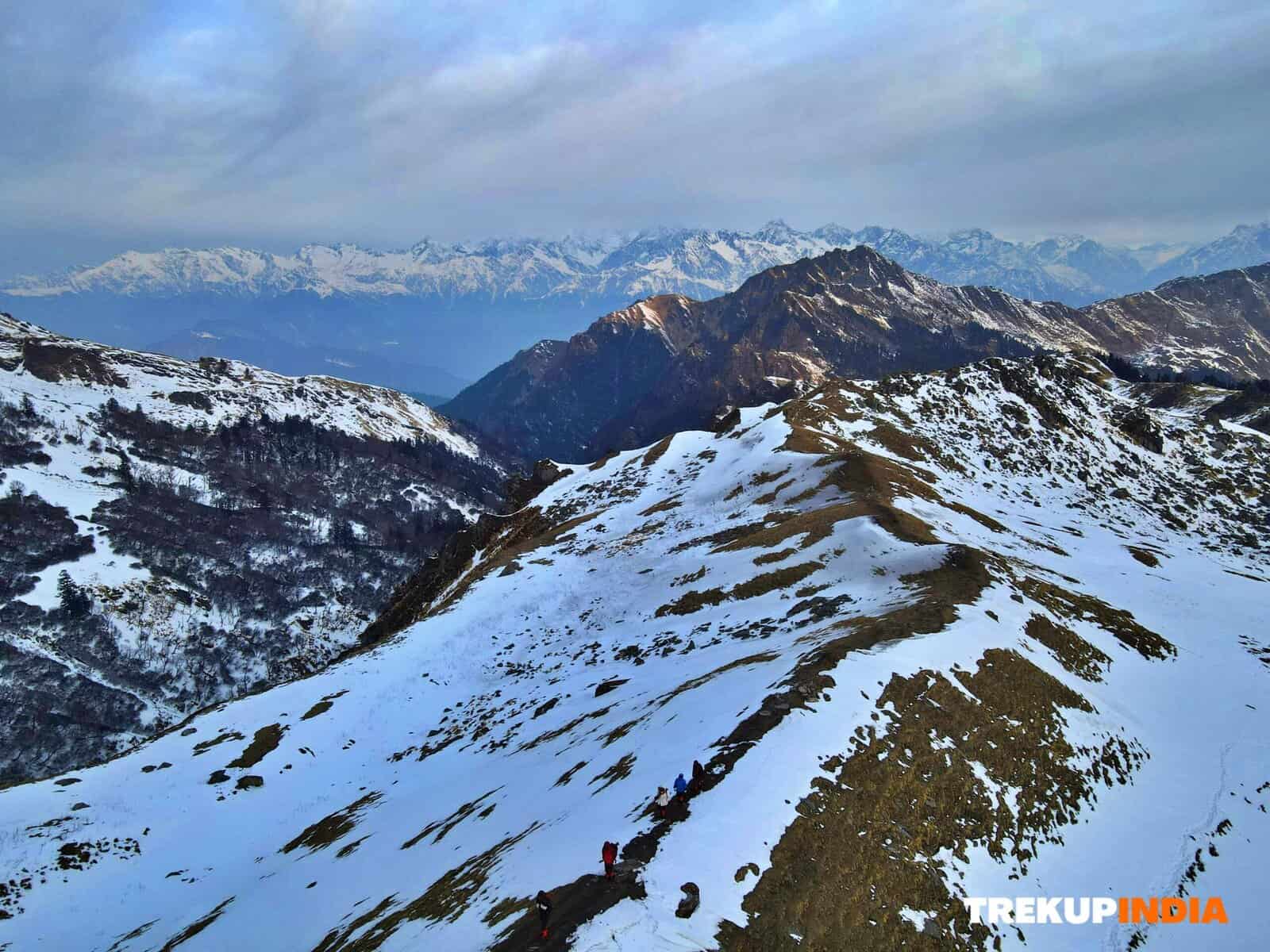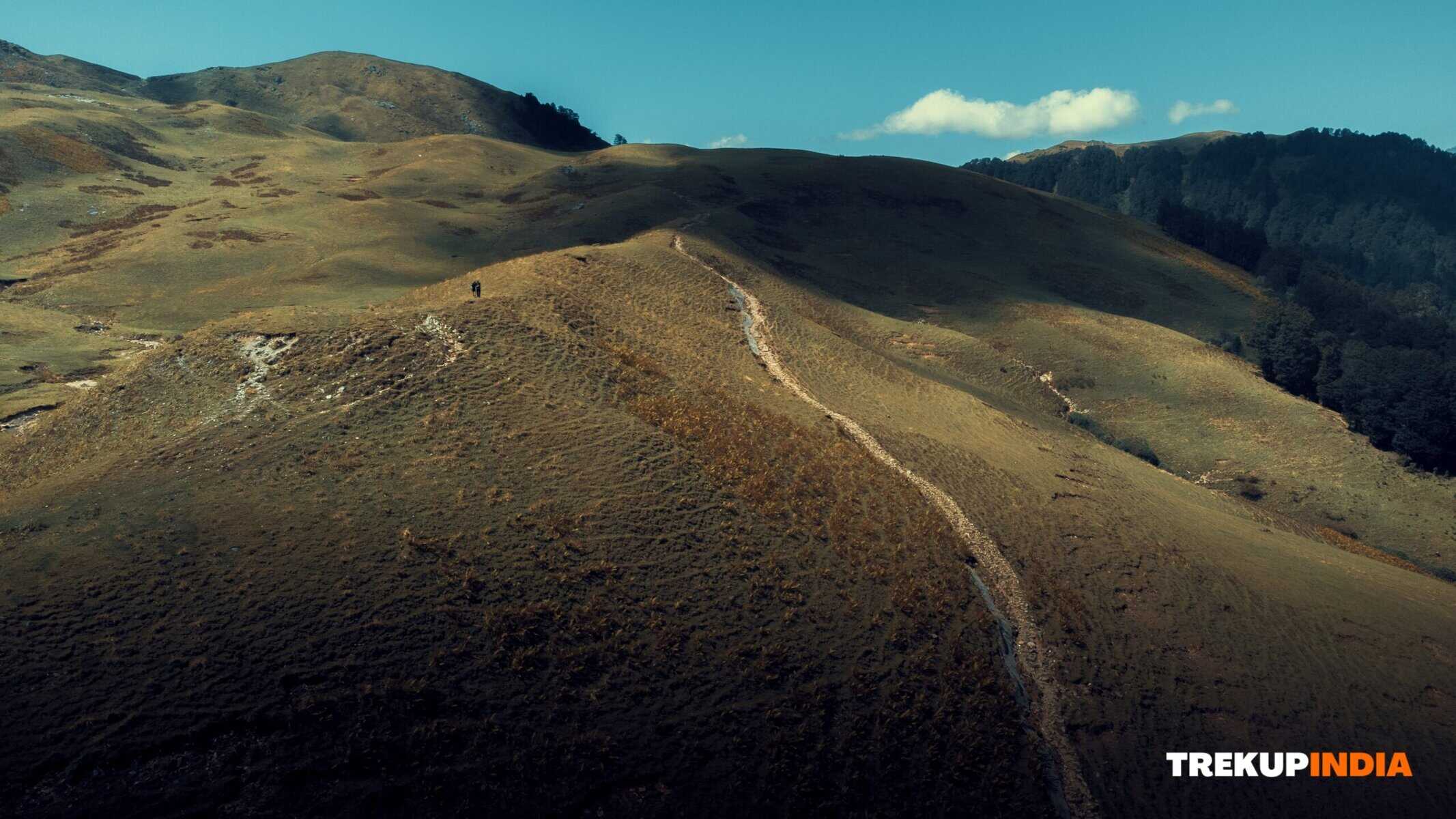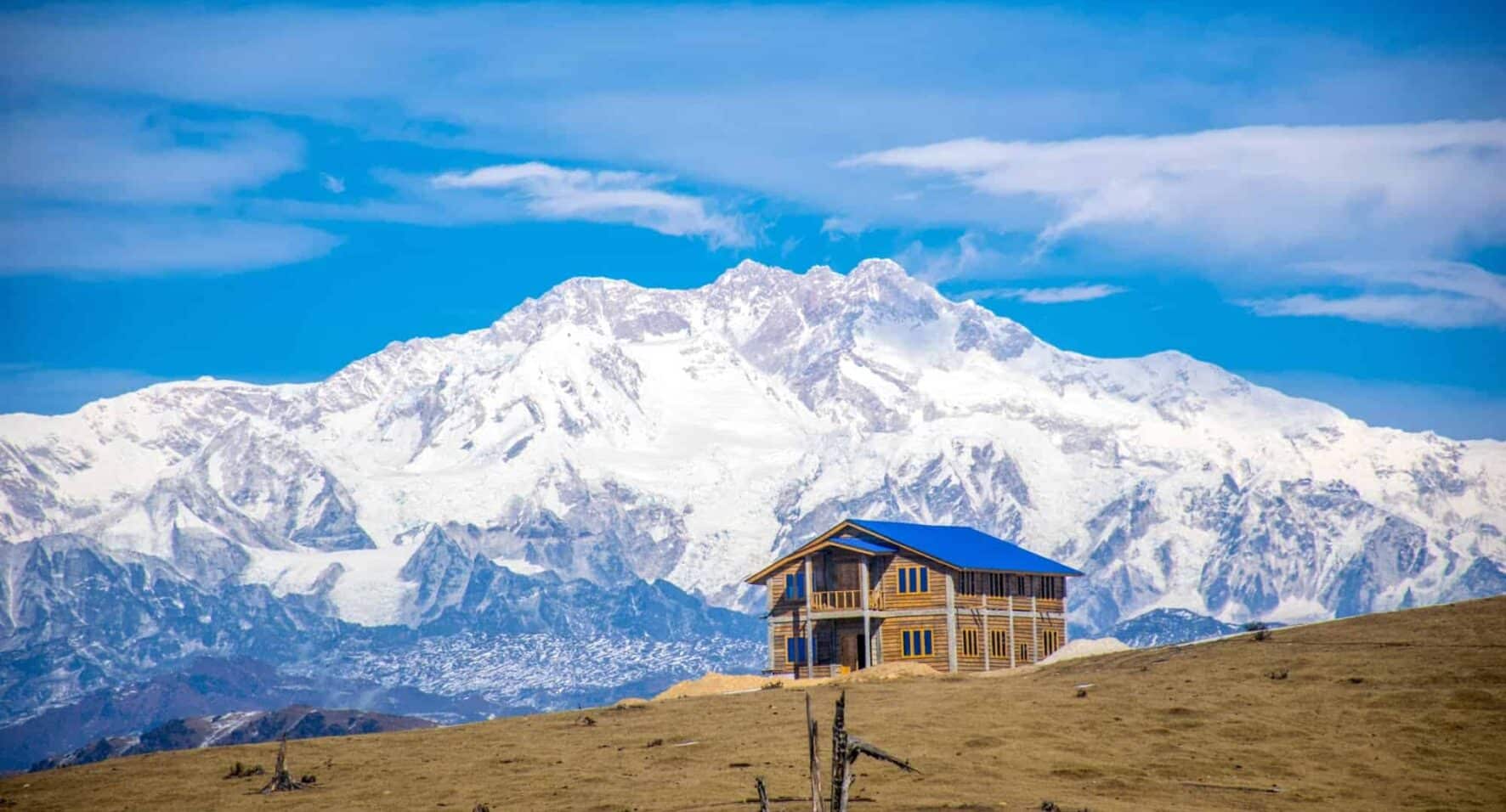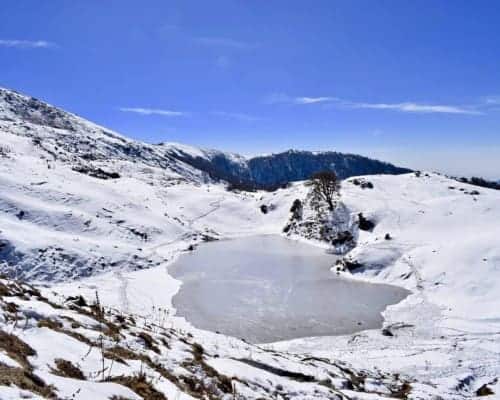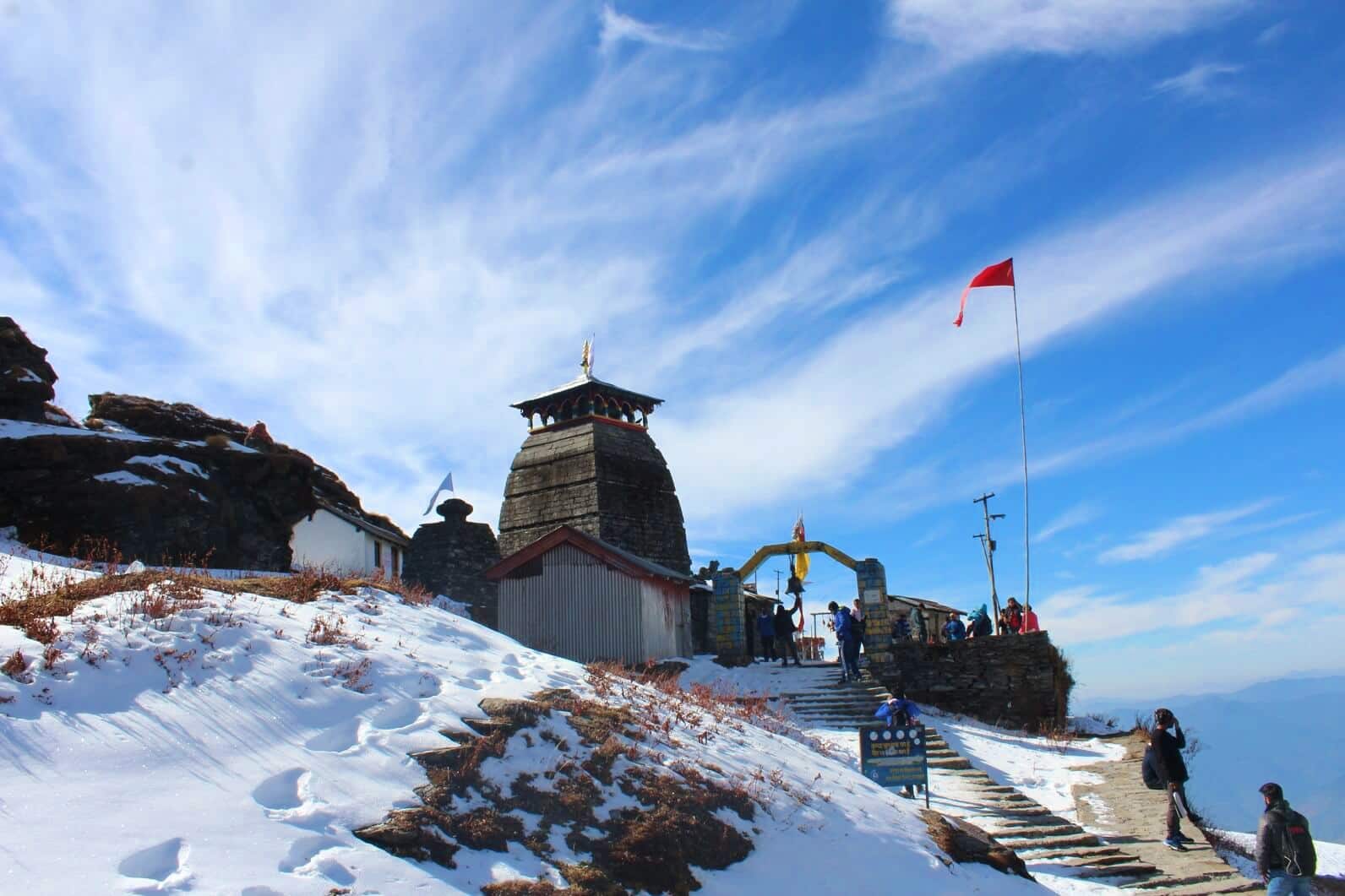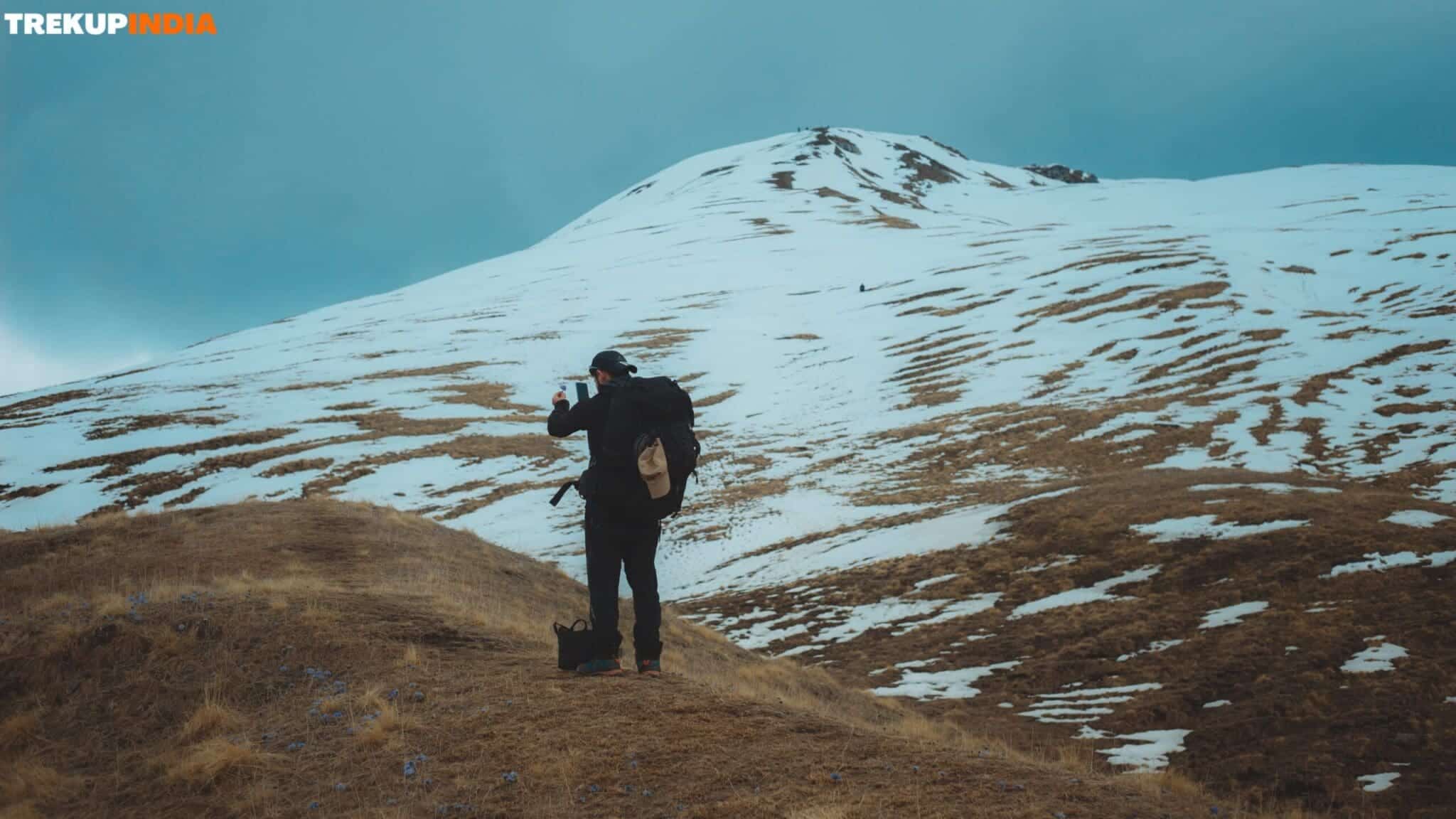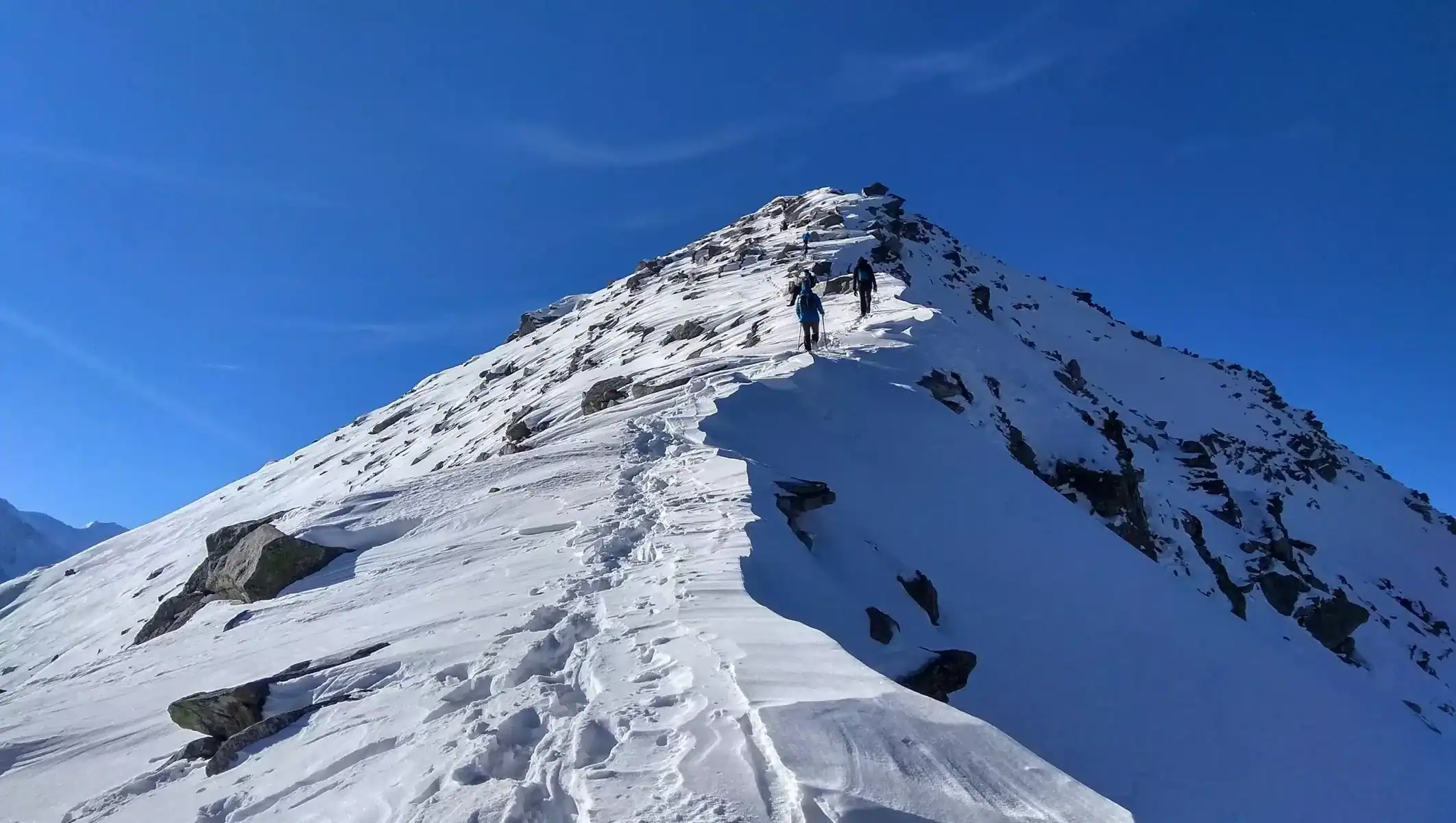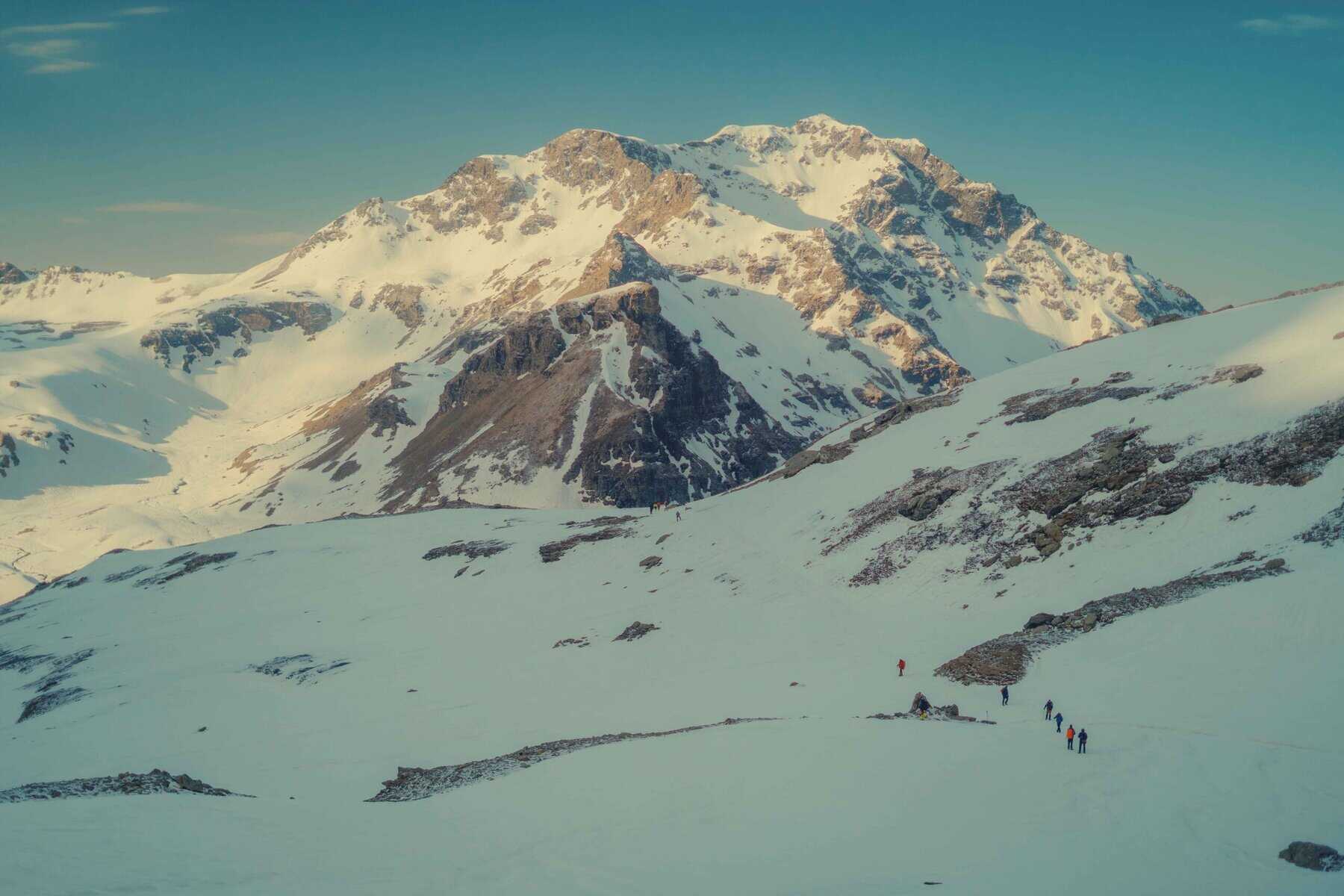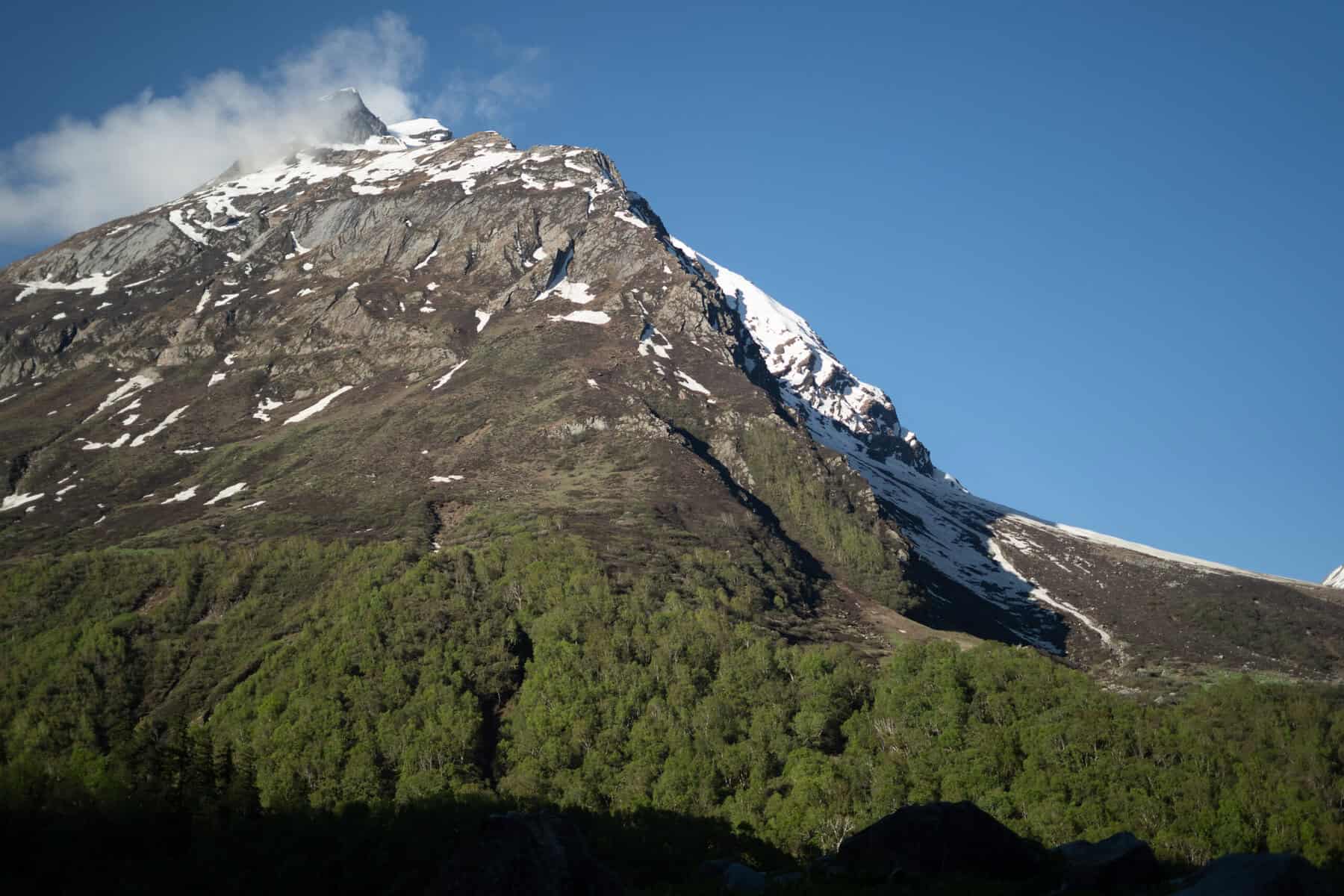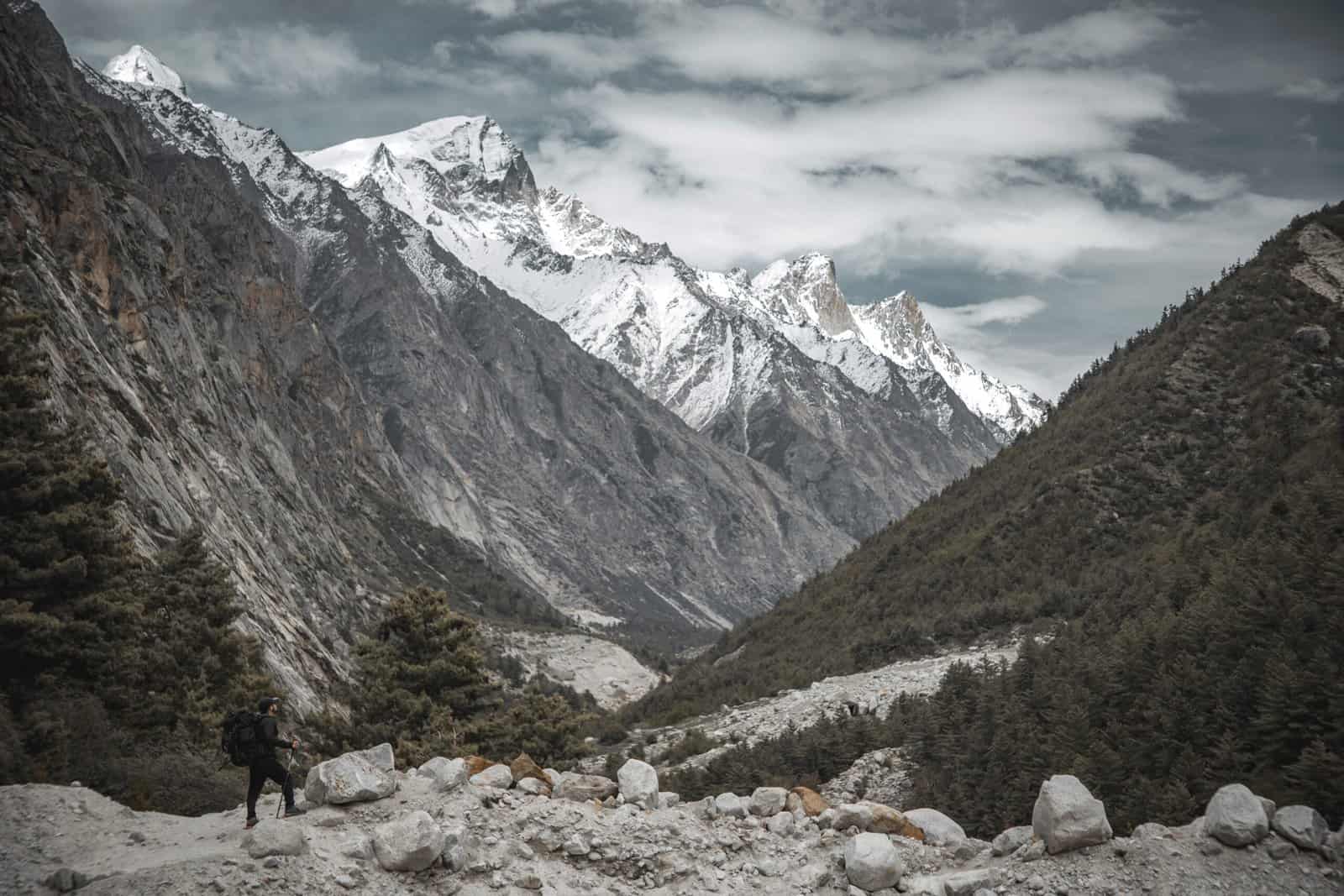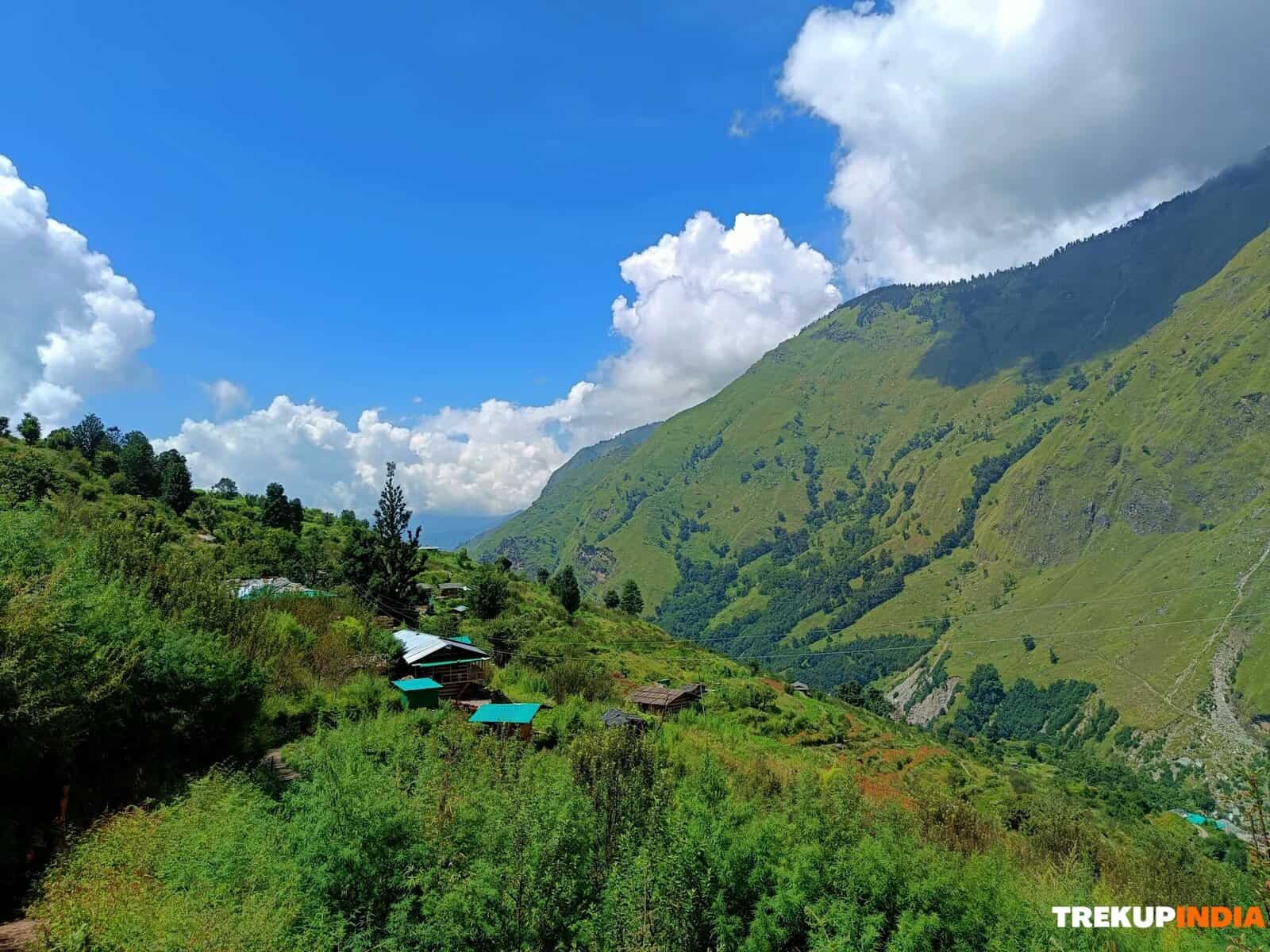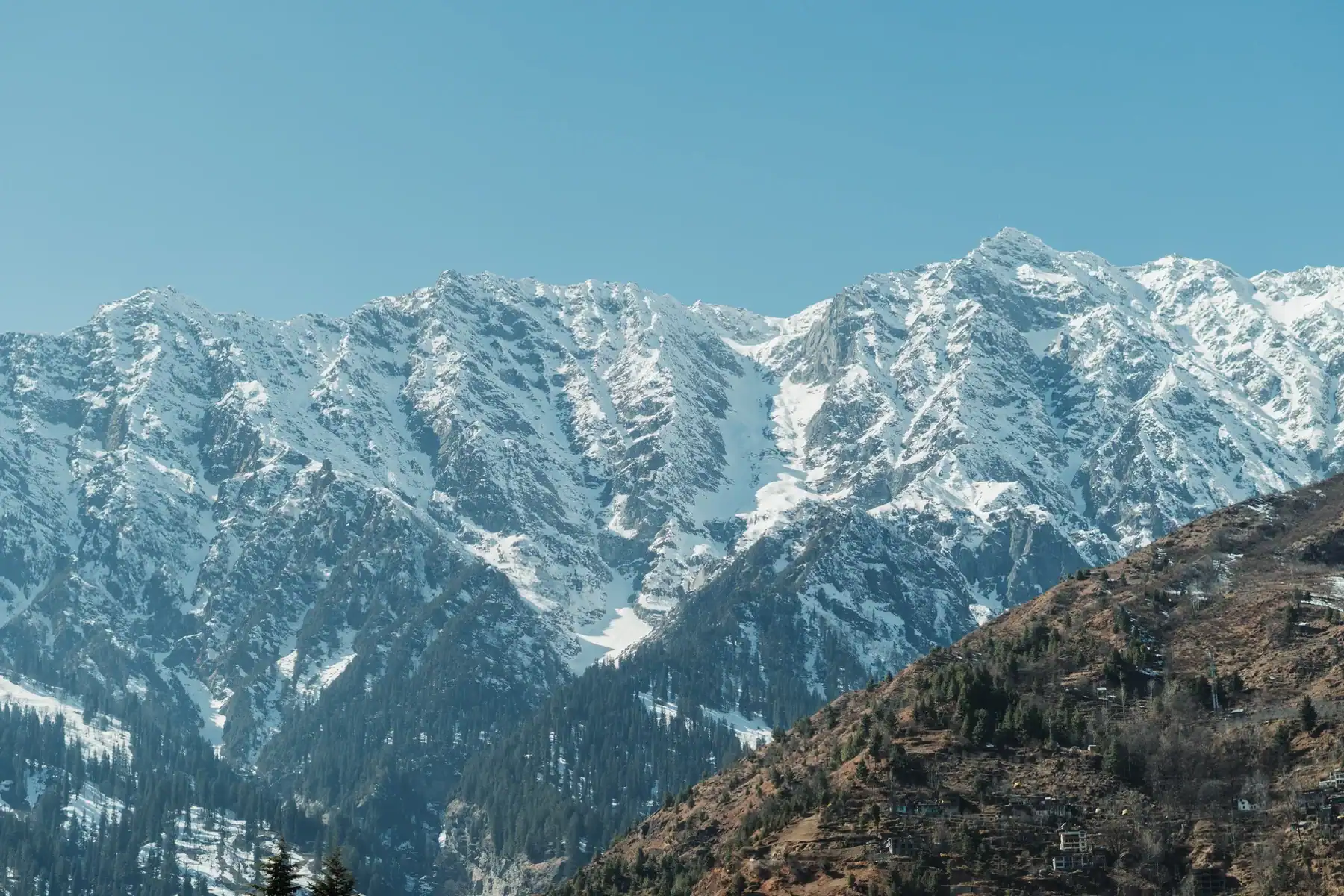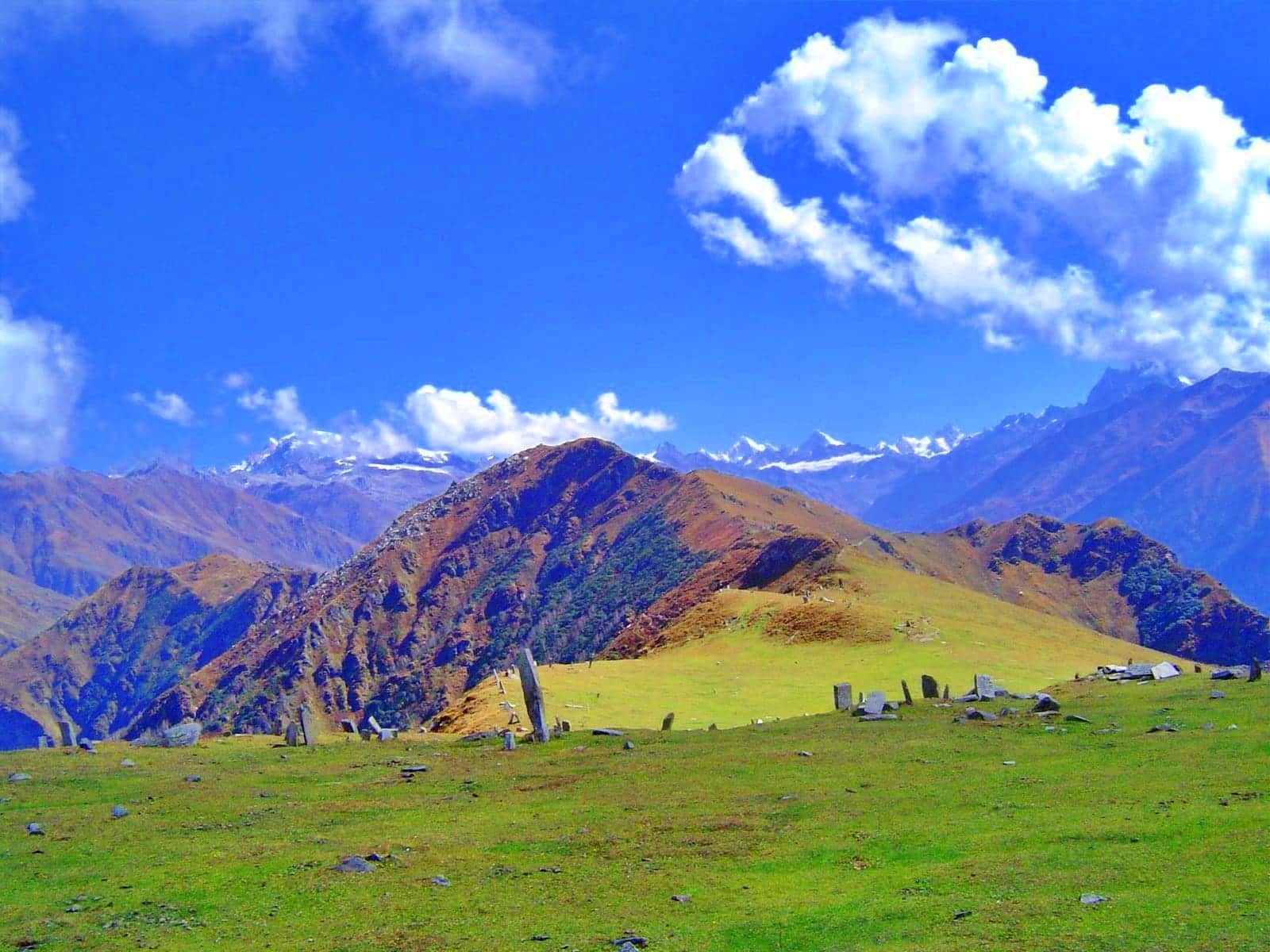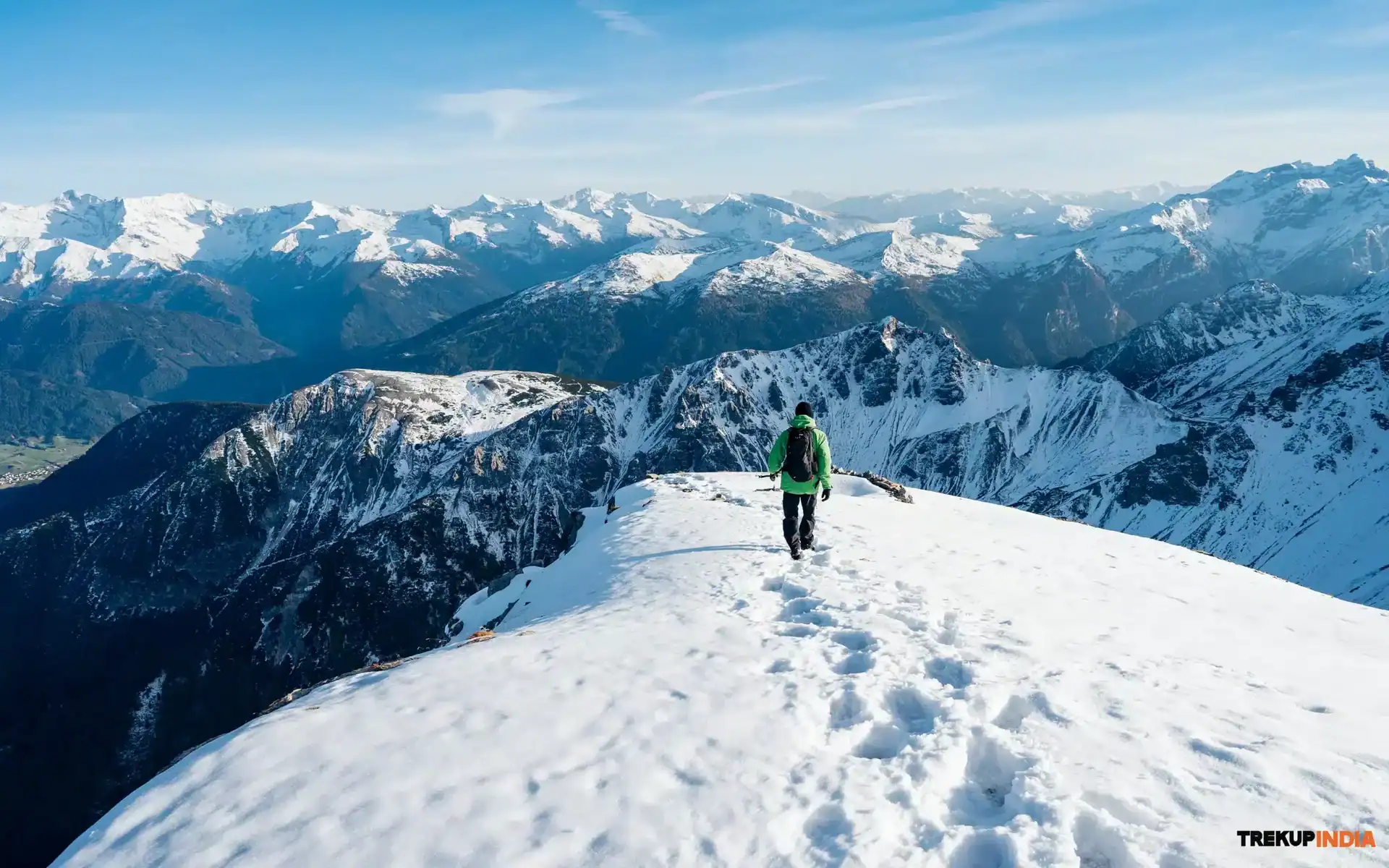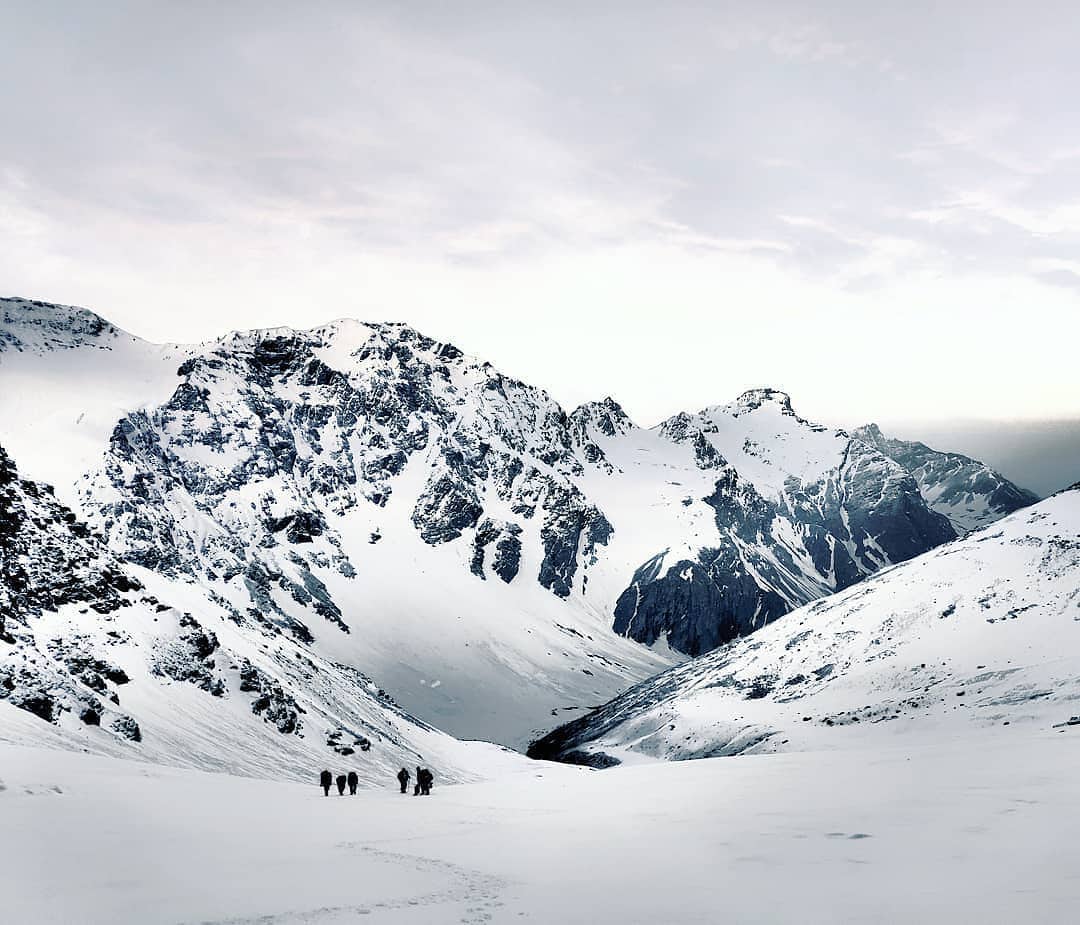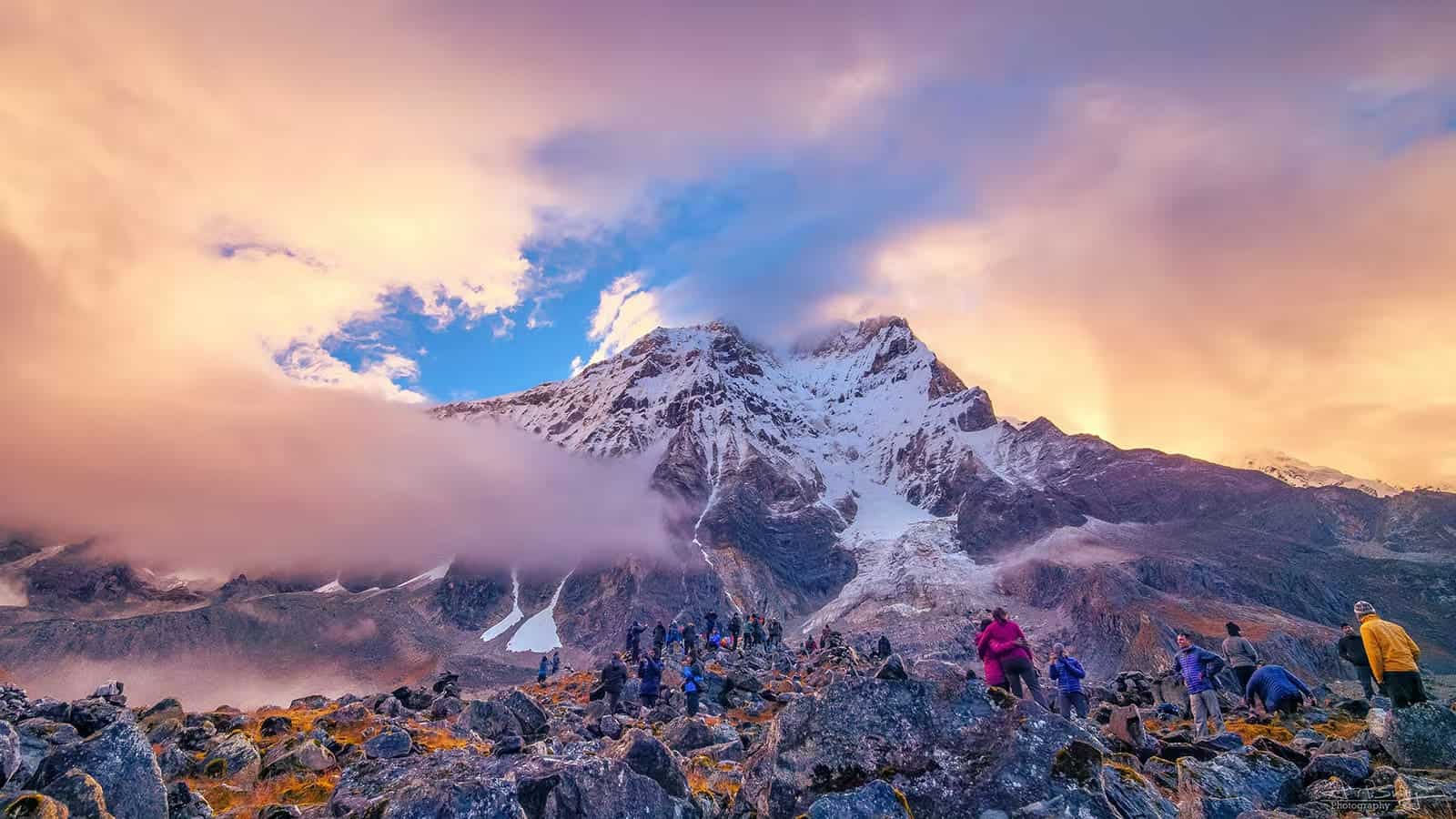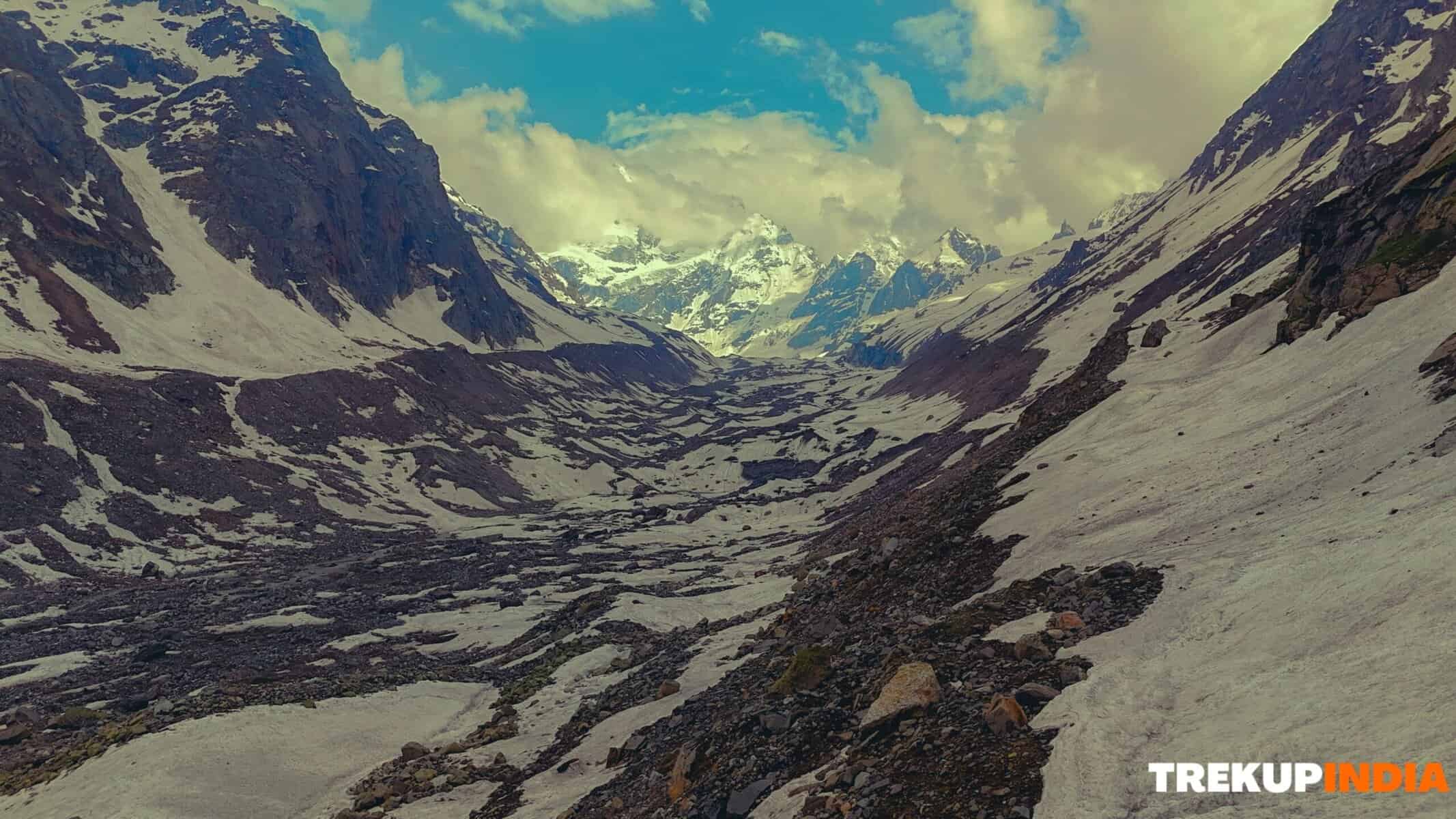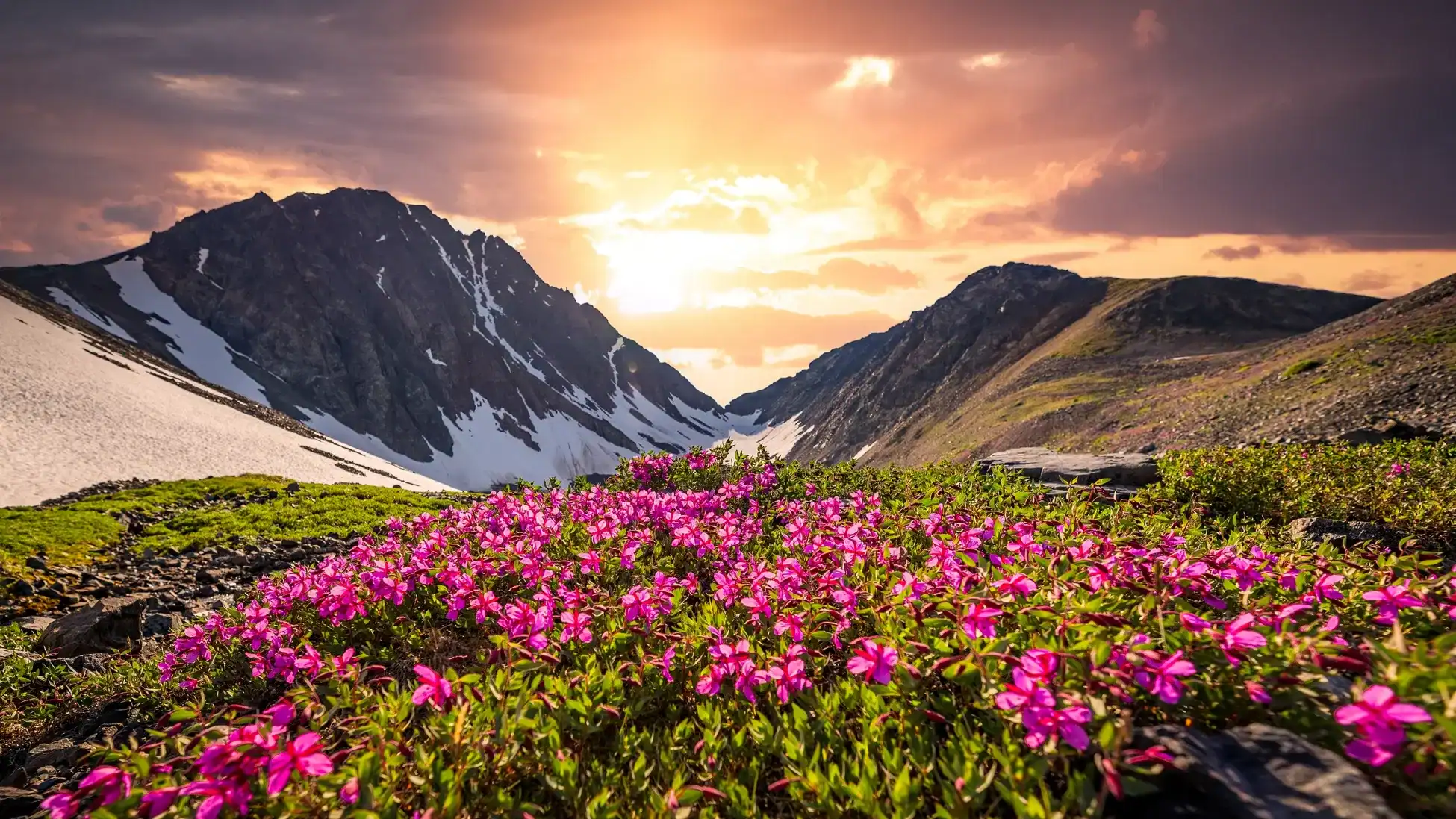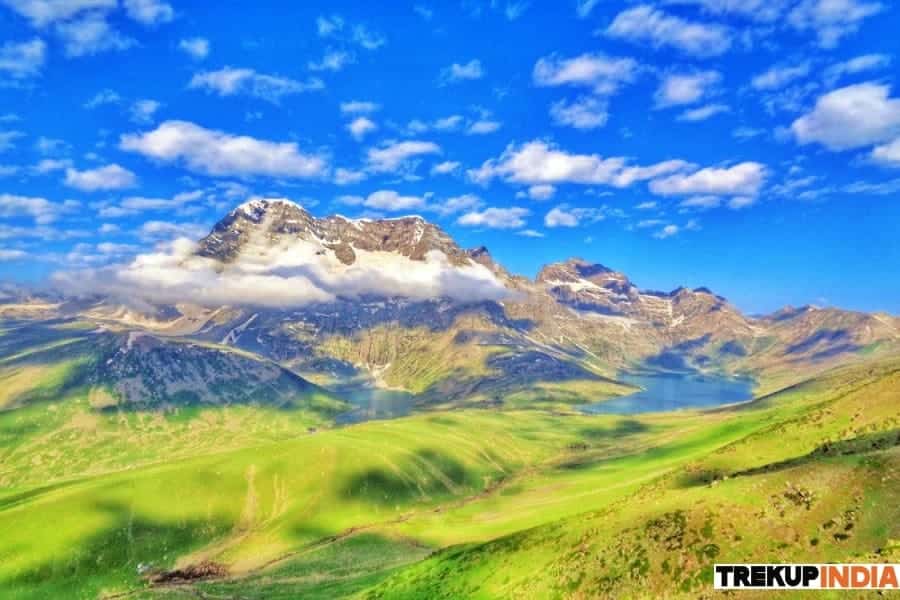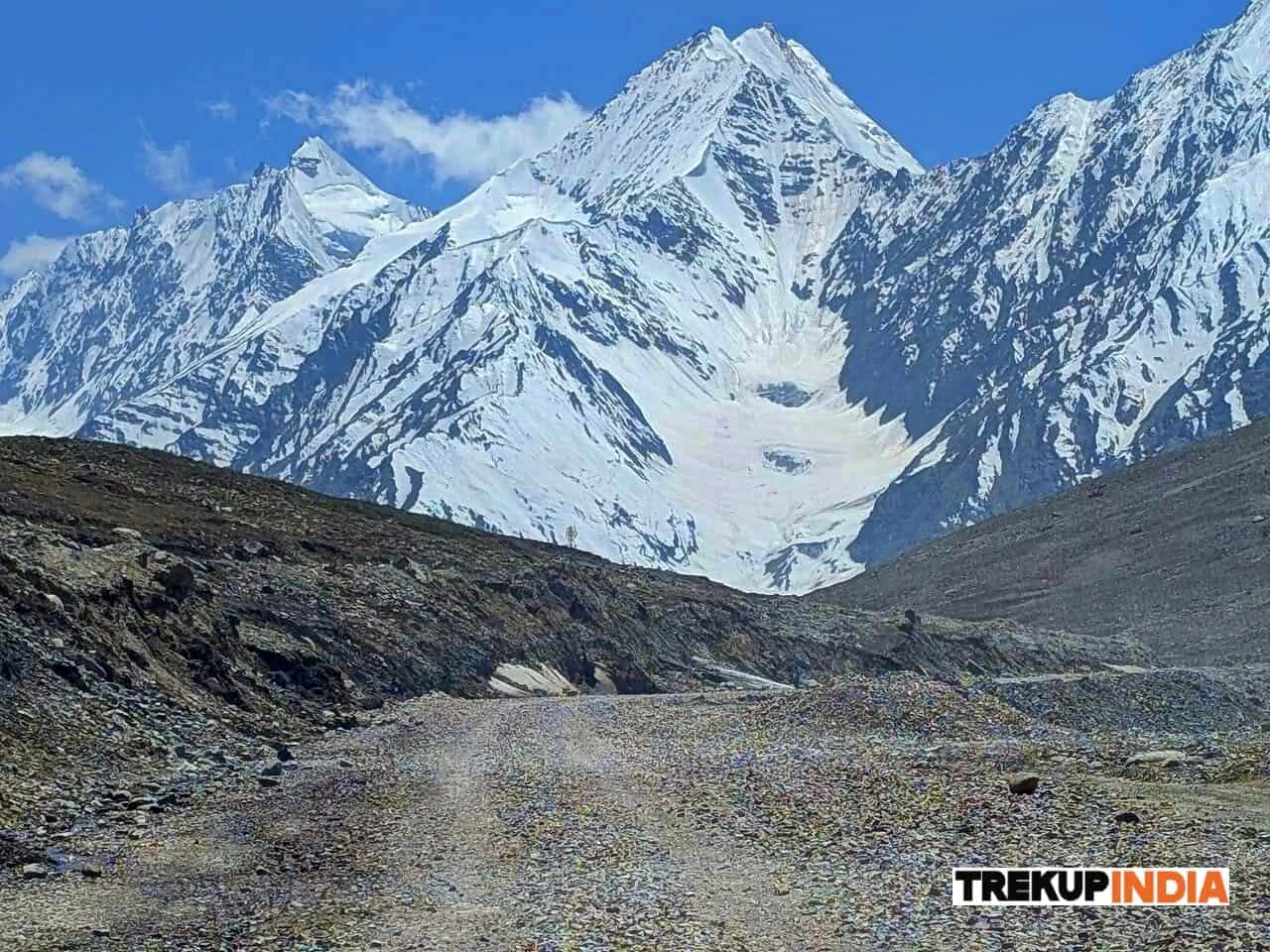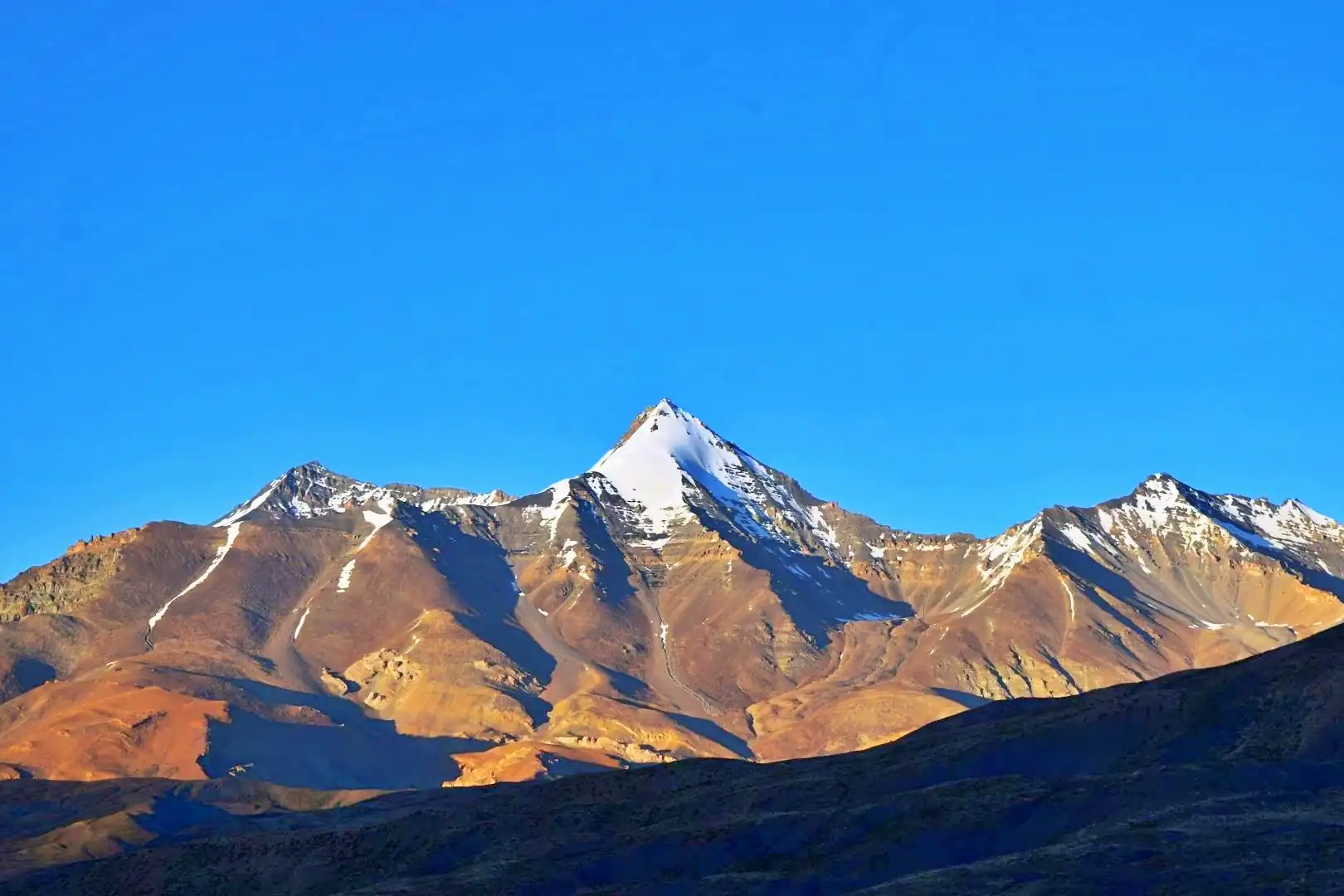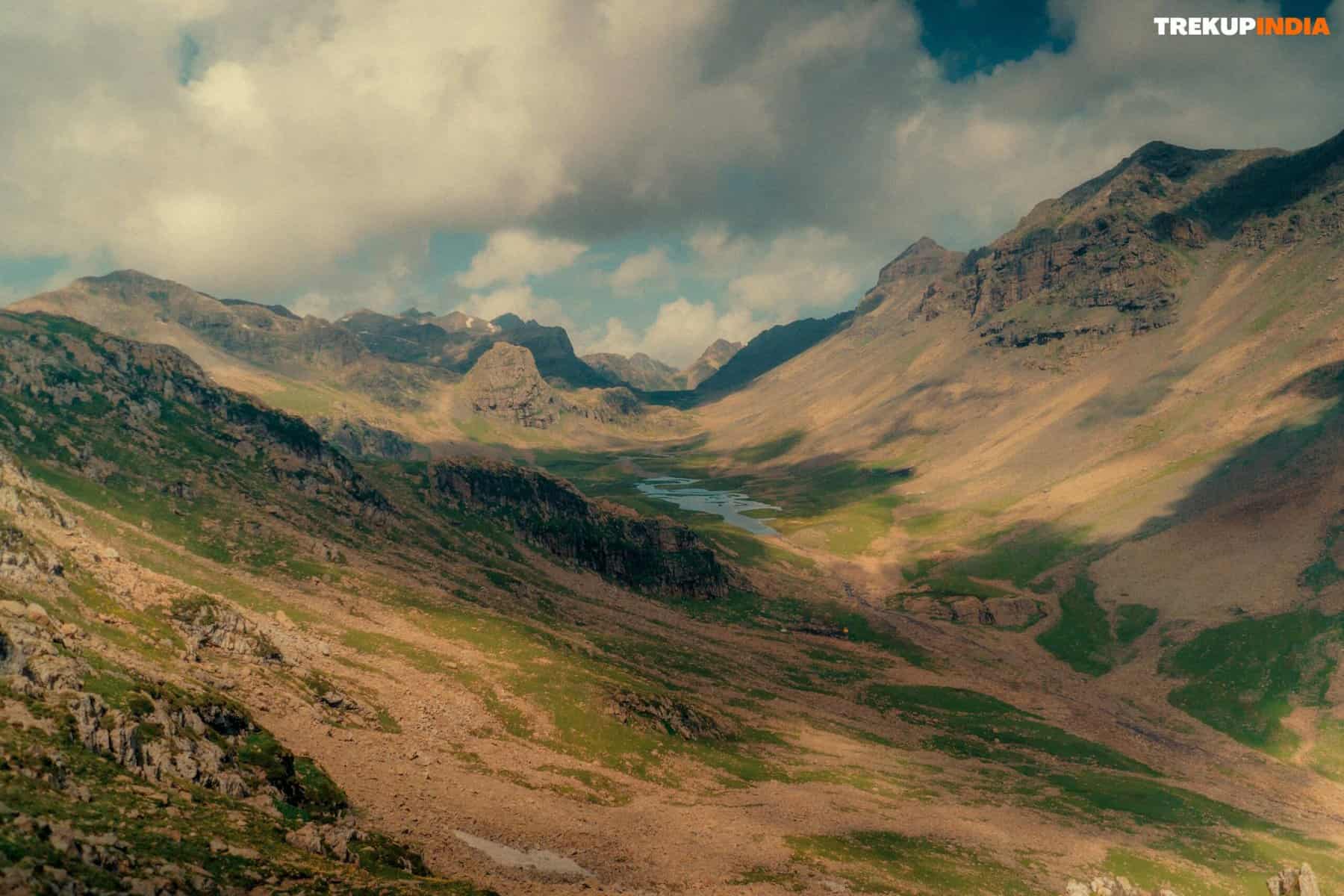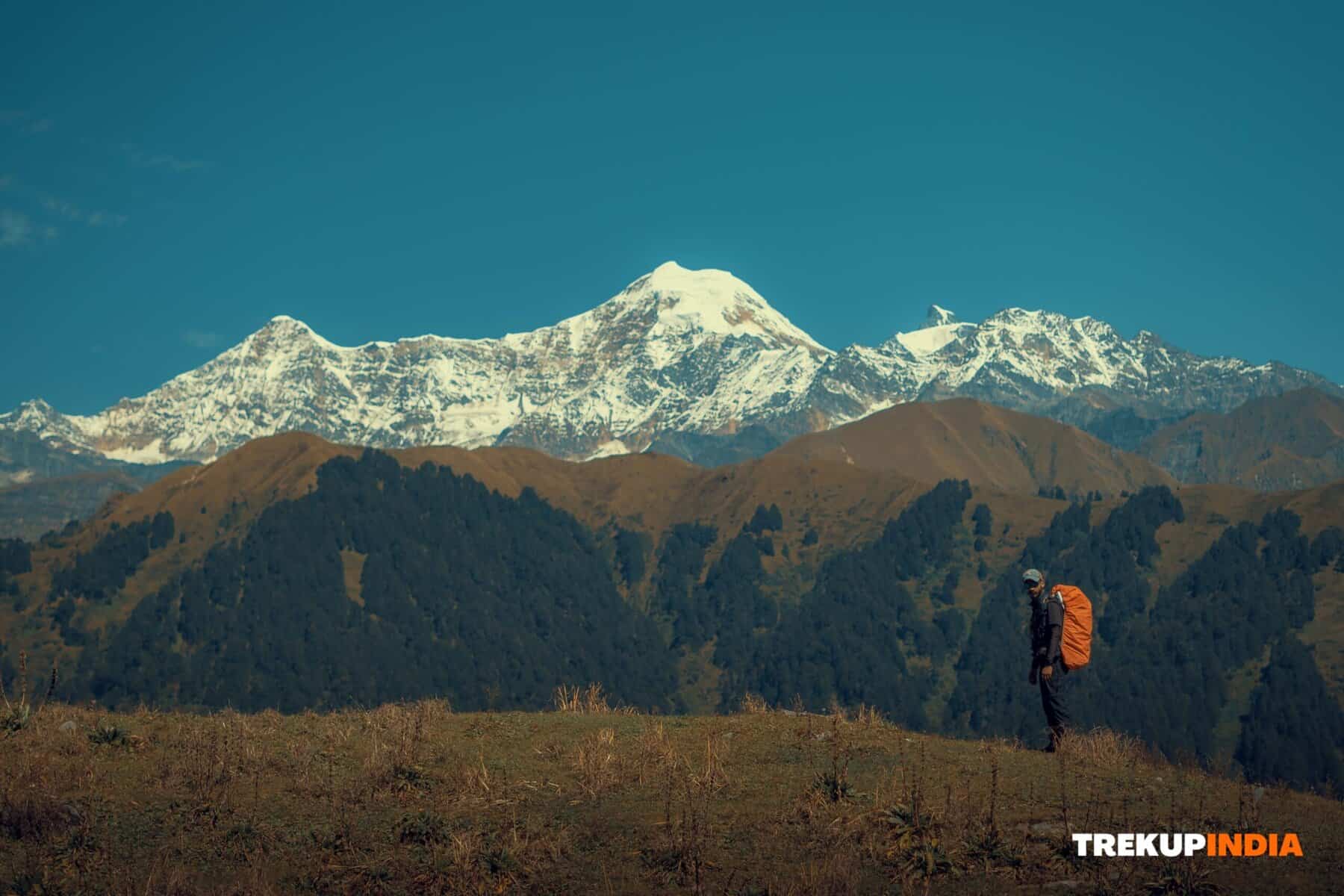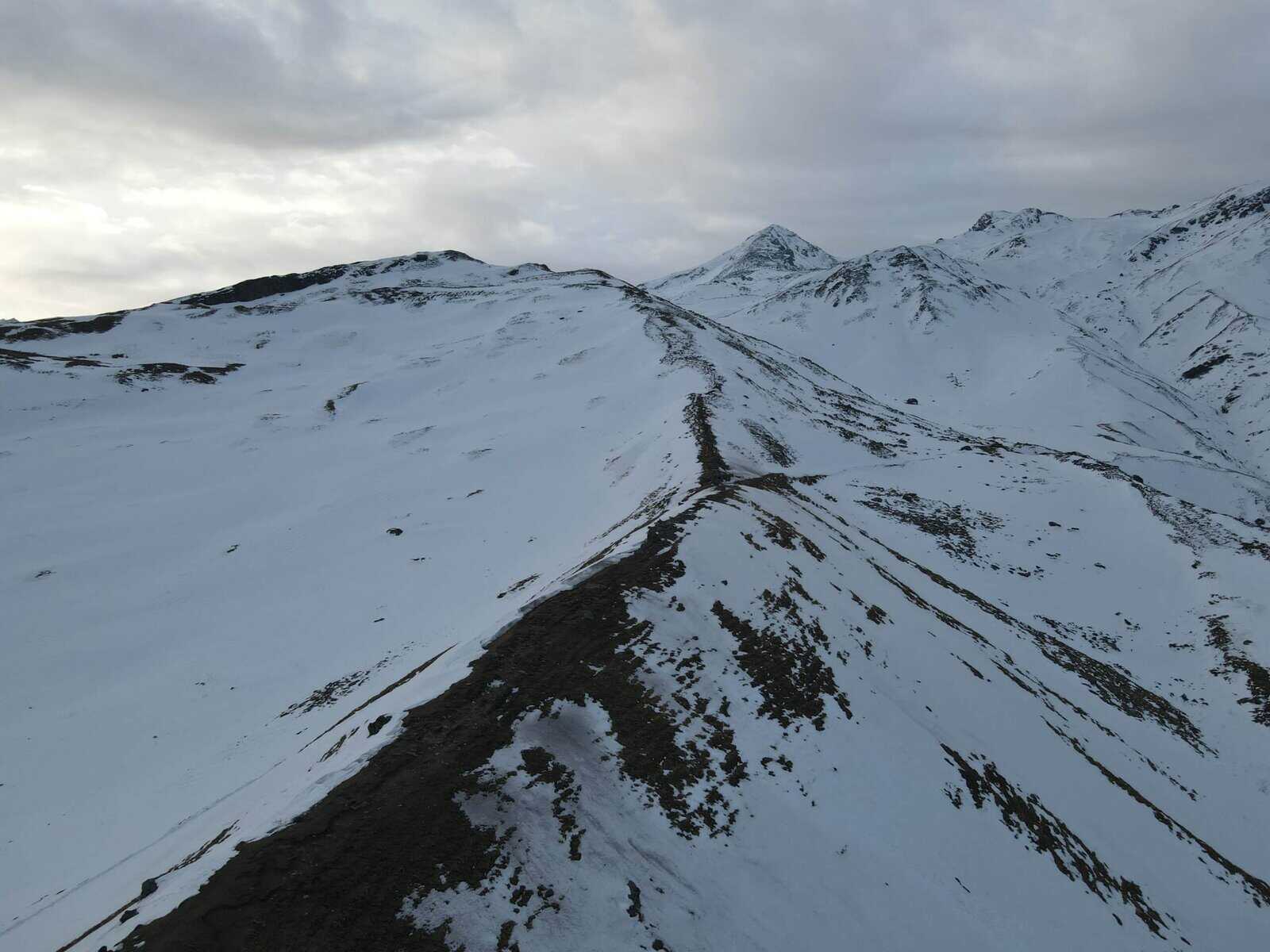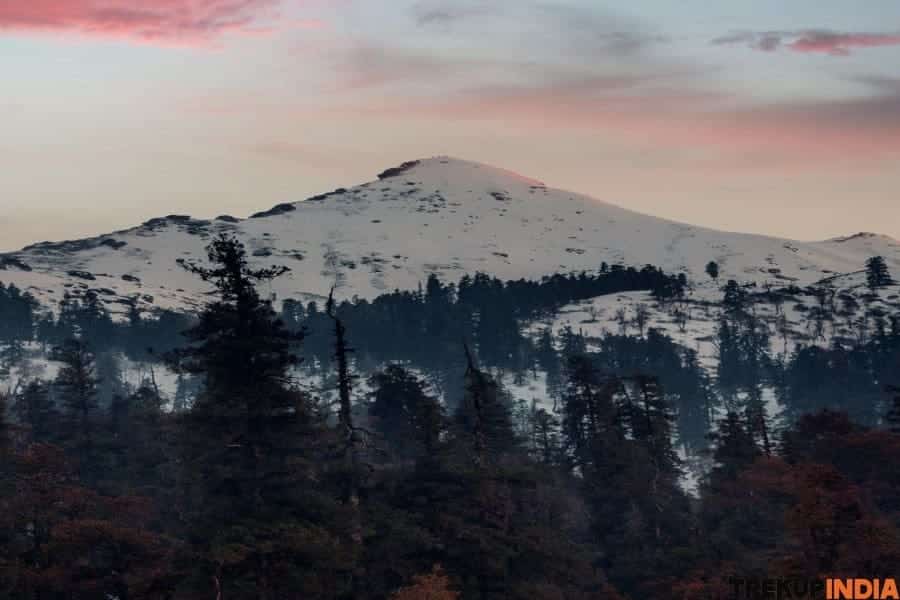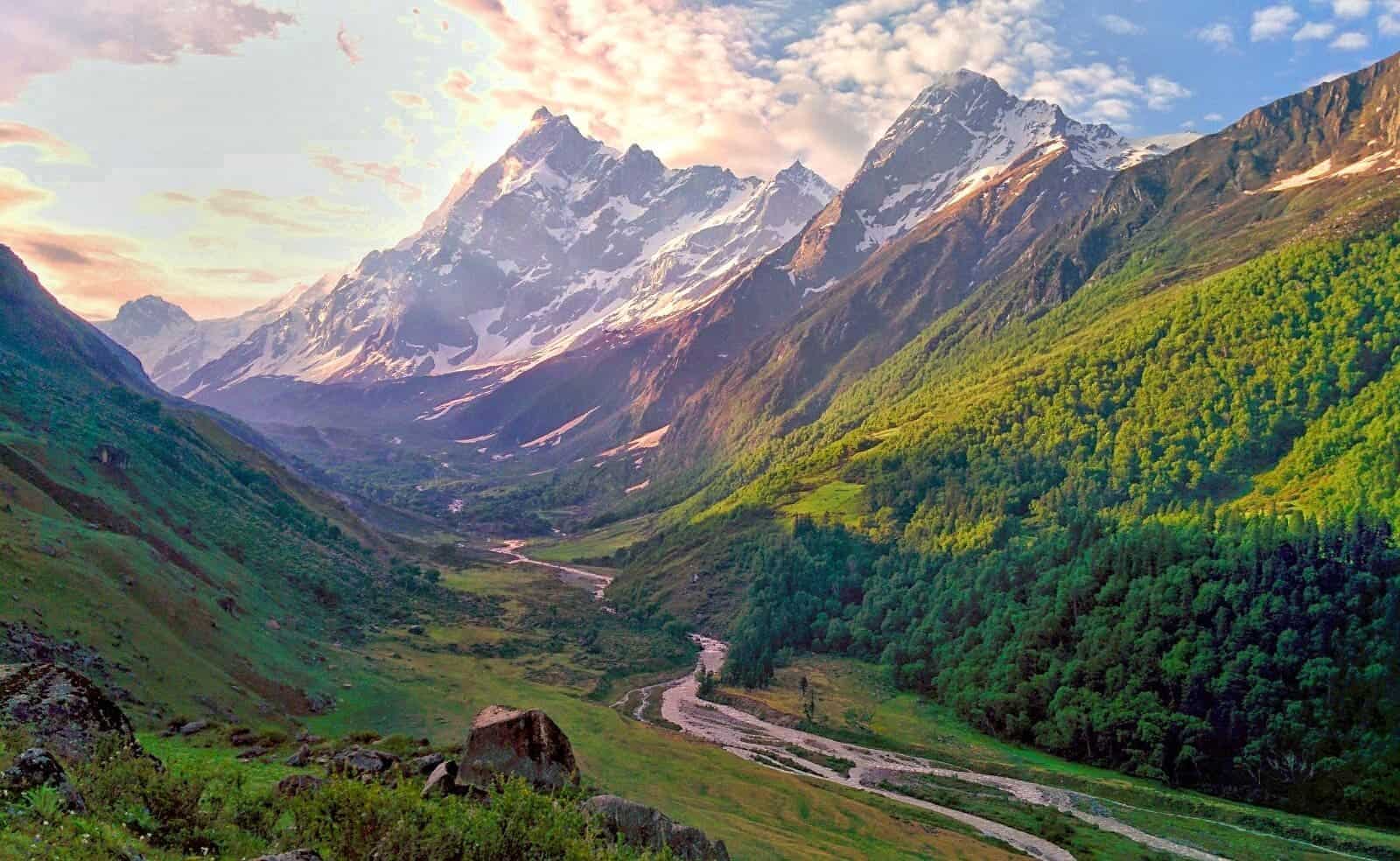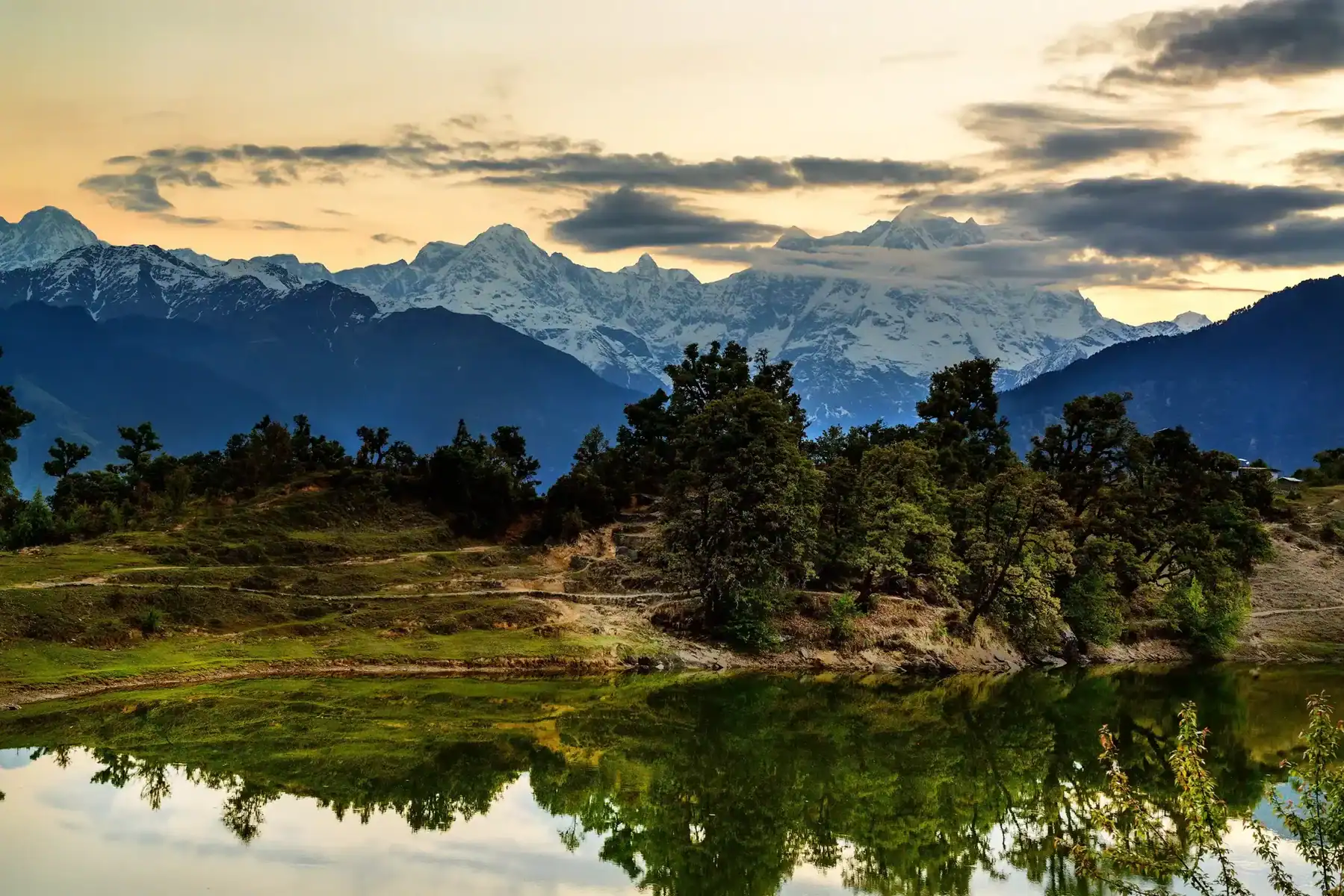Bhadraj Hill Trek
Bhadraj Hill Trek
| Region: | Uttarakhand |
| Duration: | 2 Day |
| Trek grade: | Easy |
| Maximum altitude: | 8,038 ft |
| Best Time to Visit: | Monsoon, Autumn & Winter |
Bhadraj Hill Trek is a moderate, well-balanced, and easy trek for novices. One of the most enjoyable weekends in Mussoorie It can be completed in just one and a half days. The path from Dudhli Village is called Milkman’s Trail since it serves to in supplying dairy products to Mussoorie town each day. You’ll likely be jealous at this “milkman” considering he gets to begin his day on the most beautiful note. Along the ridge, Gangetic plains incline downwards on either side as Himalayan ranges sway on the horizon.
Escape the summer heat of Delhi by taking this hill station trek that lasts for two days
- It is impossible to beat the amazing sensation of walking through the hills of a hill-station. Particularly, in the foothills that make up the Himalayas.
- A walk on the outskirts Mussoorie through lush oak forests with a mild sun and a refreshing breeze is as romantic as it sounds.
Along the way mountains are laid out all around you, glaring at the front and then fade into a blue-grey mist towards the edge.
Dates For Upcoming Treks
Want To Trek Like Pro?
Basically, watch these videos if you want to trek the same way professional trekkers do and make your skills better. These videos contain useful tips and techniques to further improve your trekking skills itself. These videos actually help both new and experienced trekkers improve their trekking skills. These videos definitely provide useful tips that make your trek better. We are seeing that these videos by Trekup India experts will only help you make your trekking skills better.
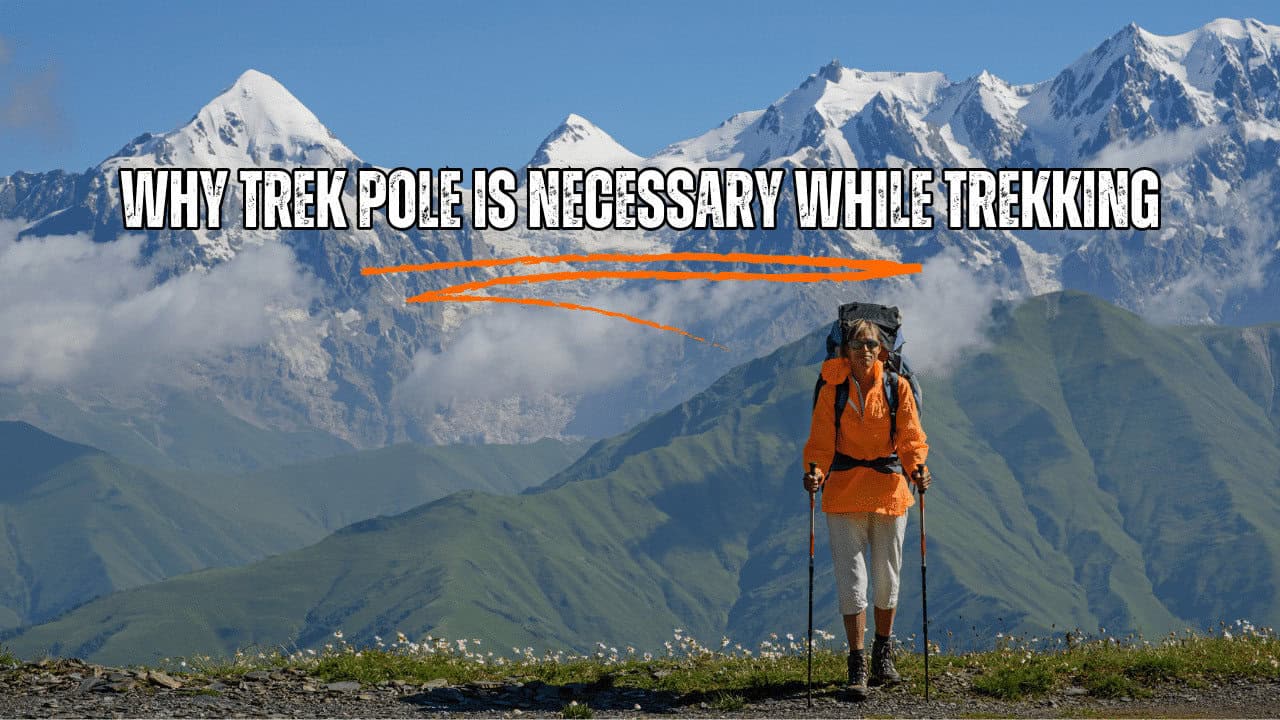
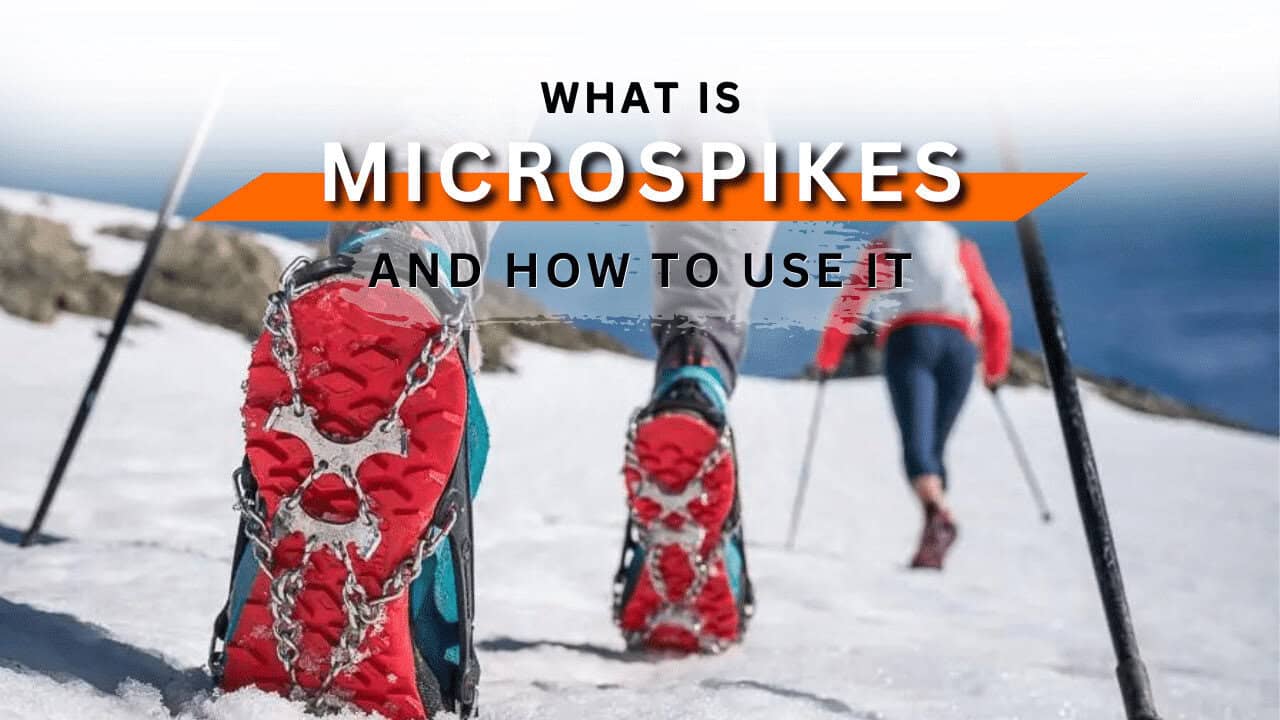
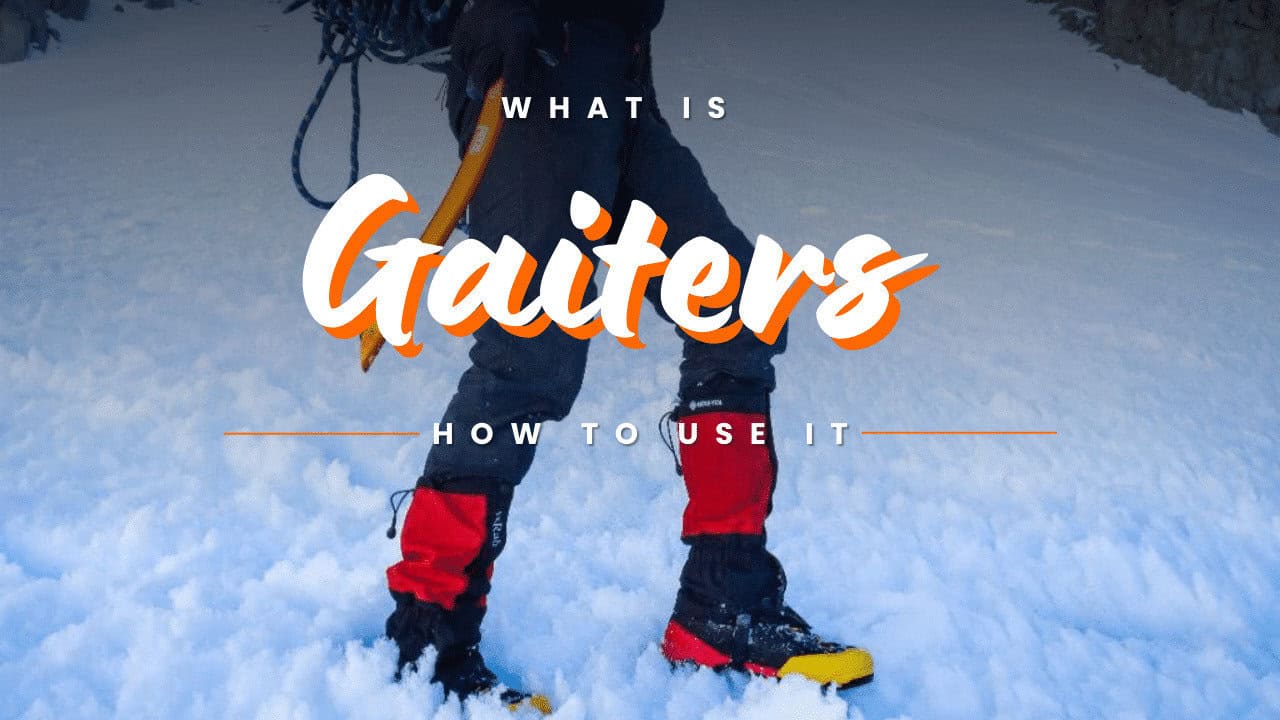
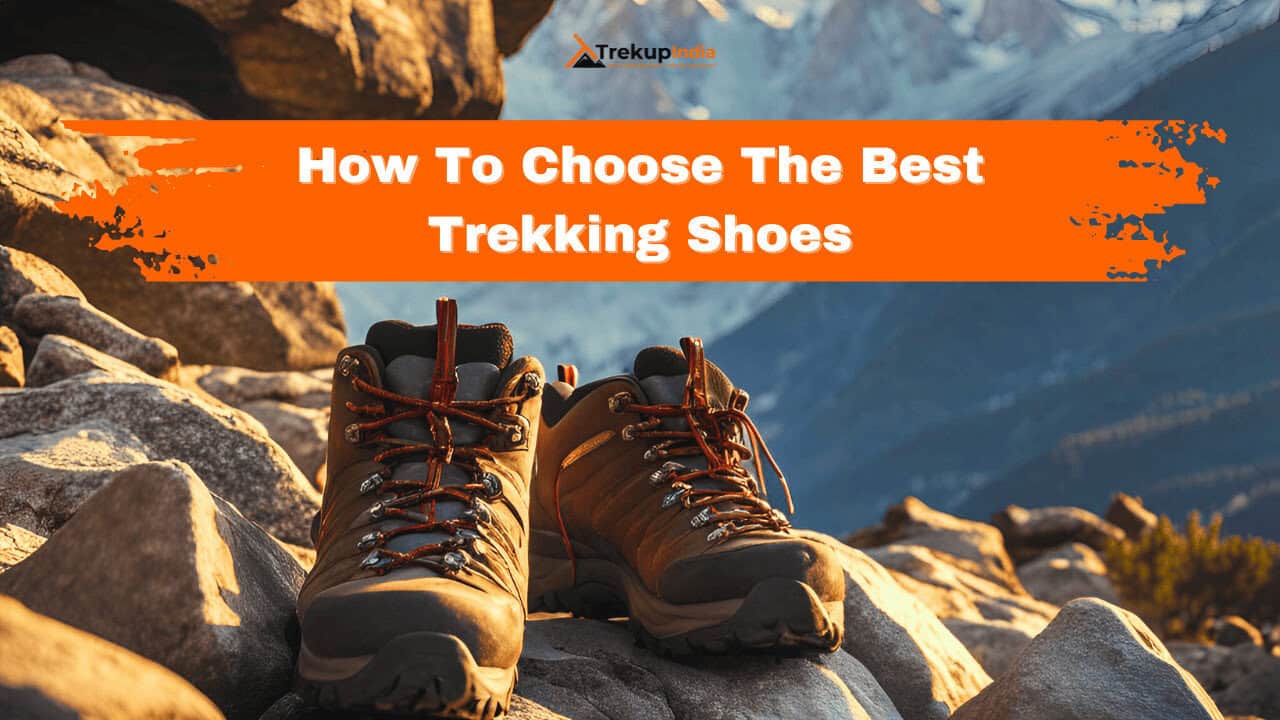
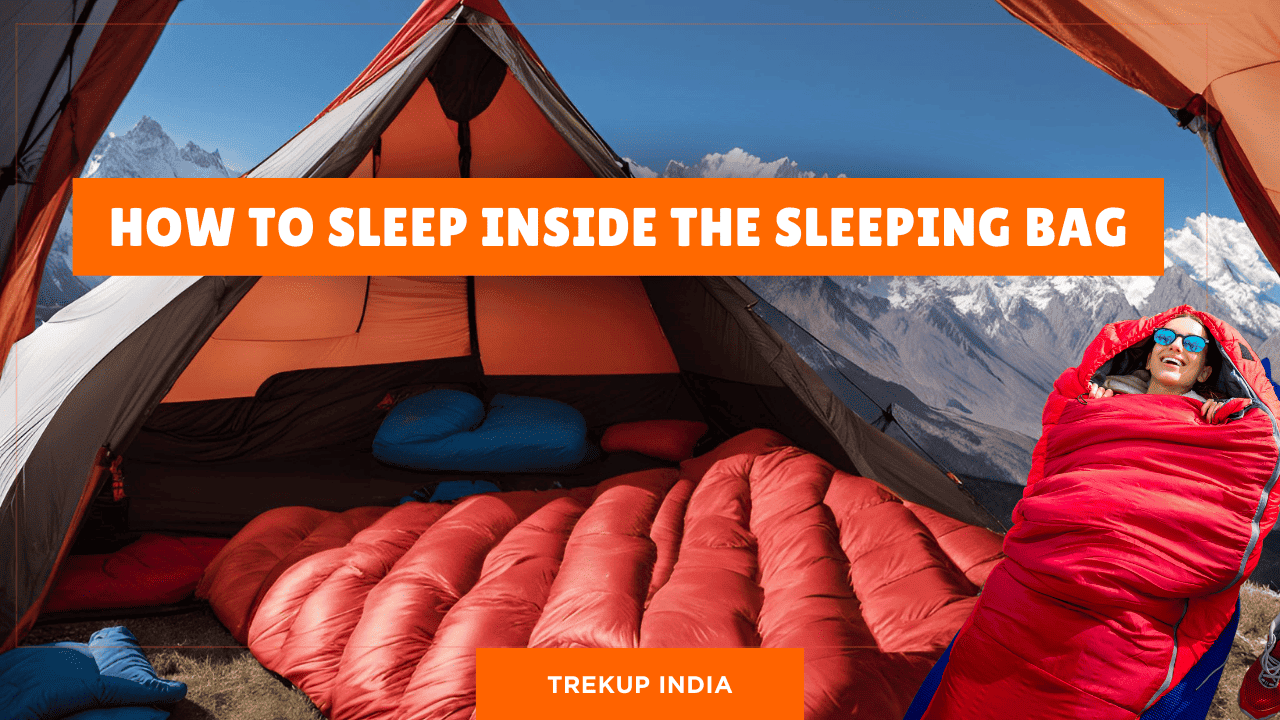
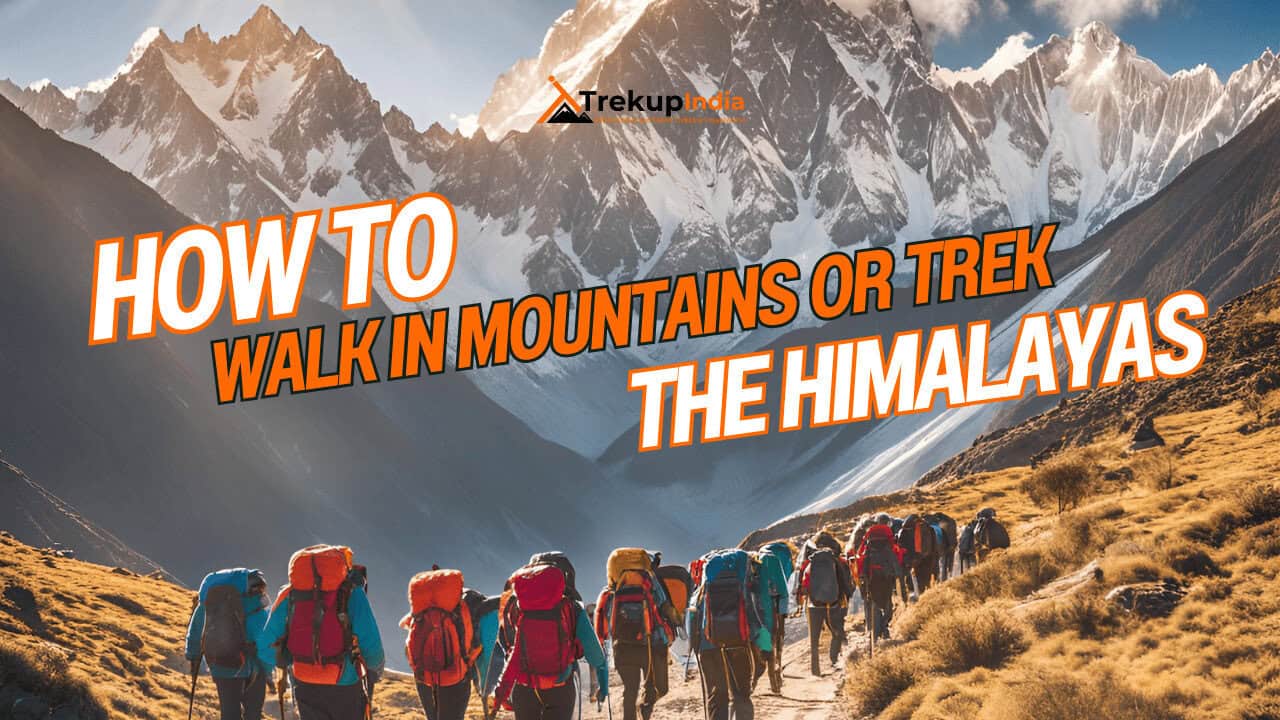
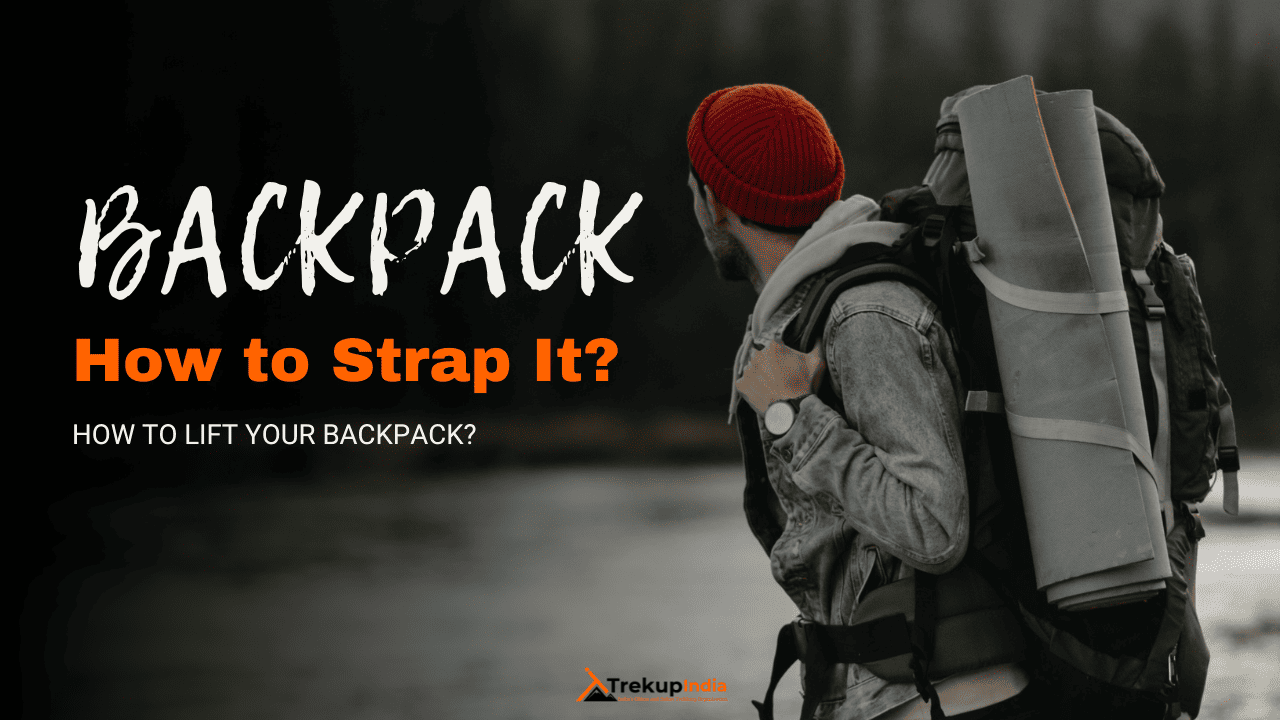
Know Everything About Acute Mountain Sickness
Acute Mountain Sickness occurs when people trek to high altitudes above 8,000 feet. This condition itself develops further due to reduced oxygen levels at such heights. Basically, as you go higher up, the air pressure and oxygen levels decrease, which causes the same problem. Acute Mountain Sickness surely causes headache, nausea, vomiting, and dizziness in affected persons. Moreover, peoples also experience difficulty in sleeping during this condition. To avoid mountain sickness, you should actually trek up slowly to higher altitudes. To learn further about this condition itself, watch the videos by Trekup India.
